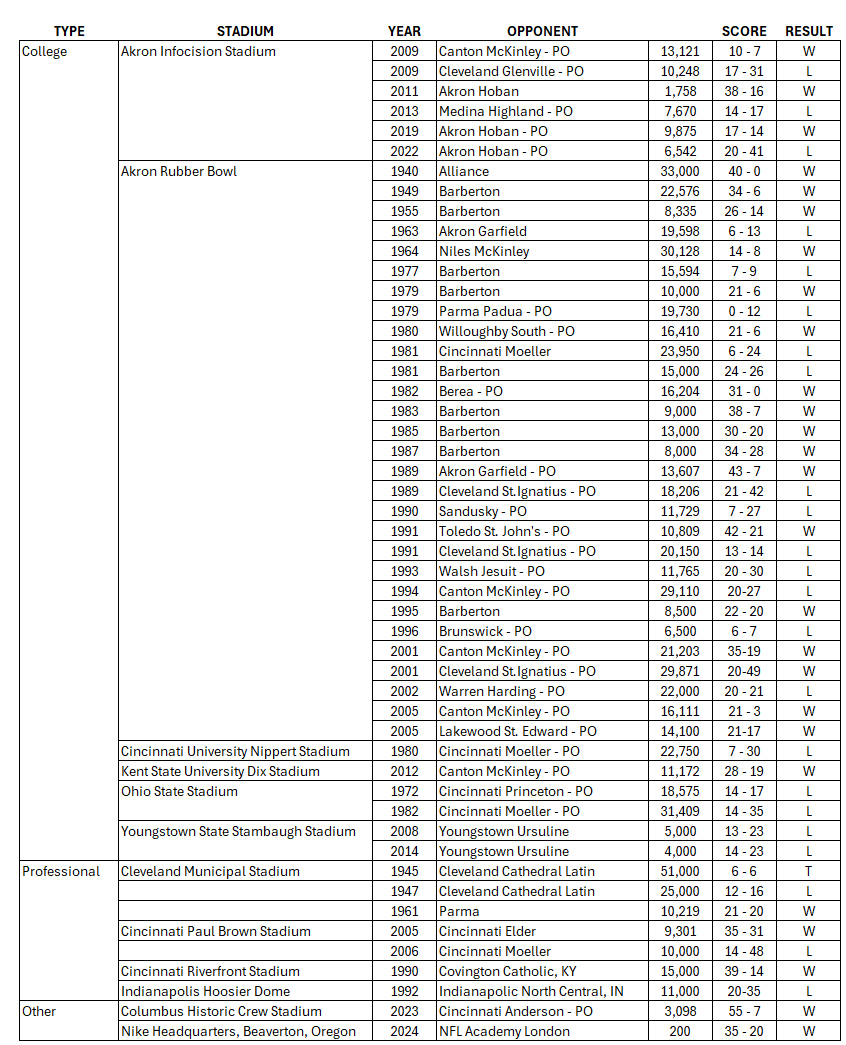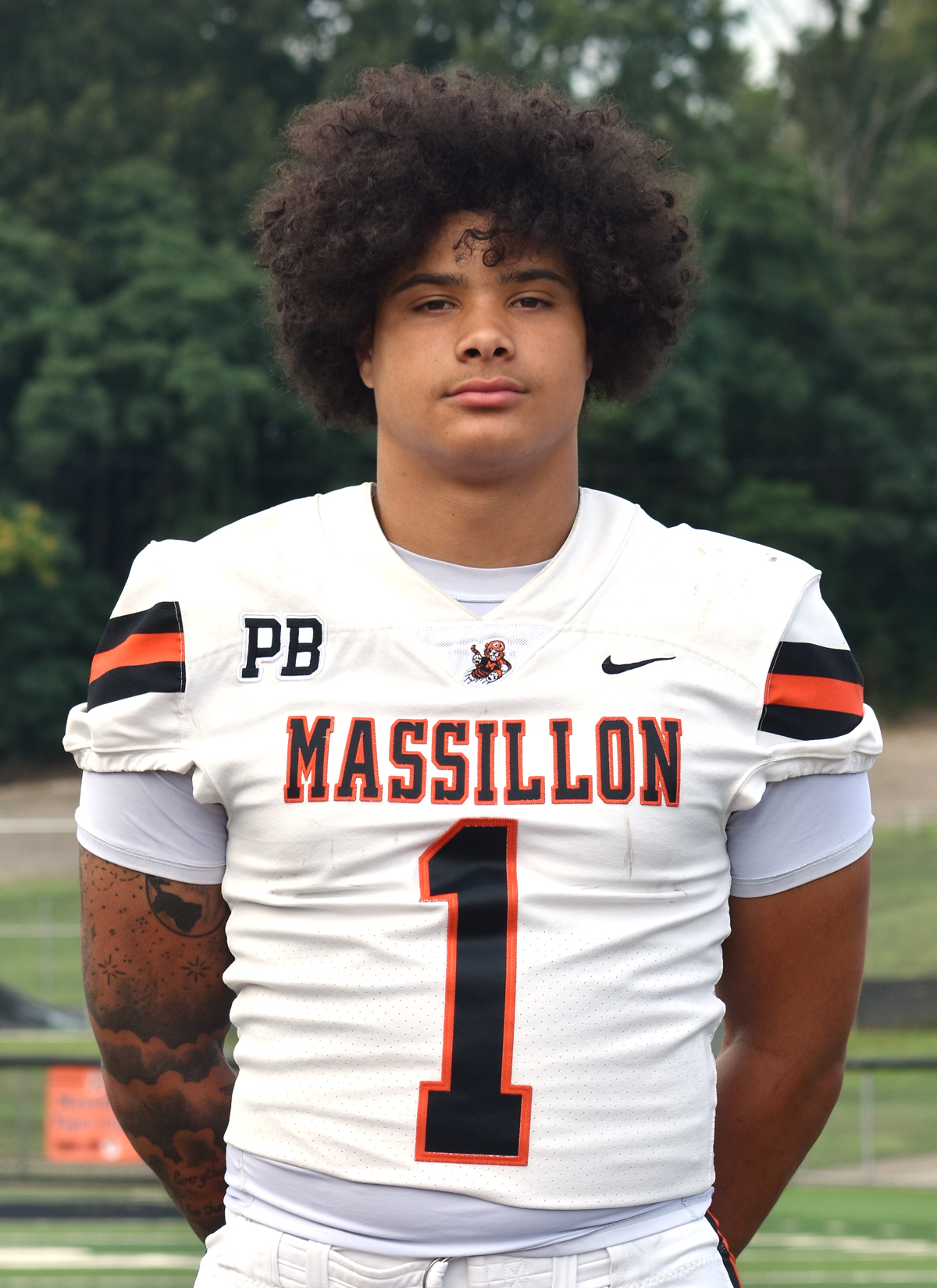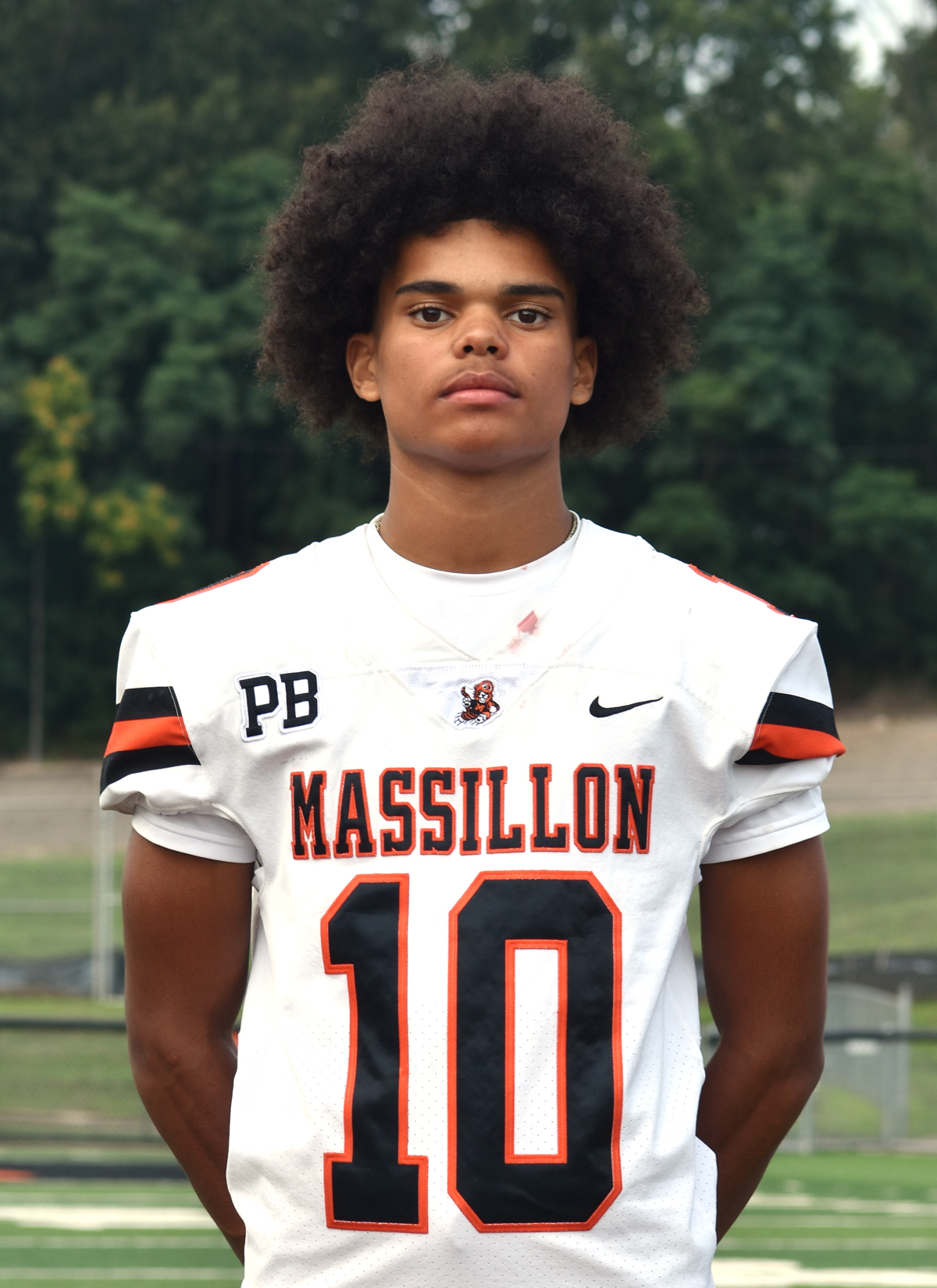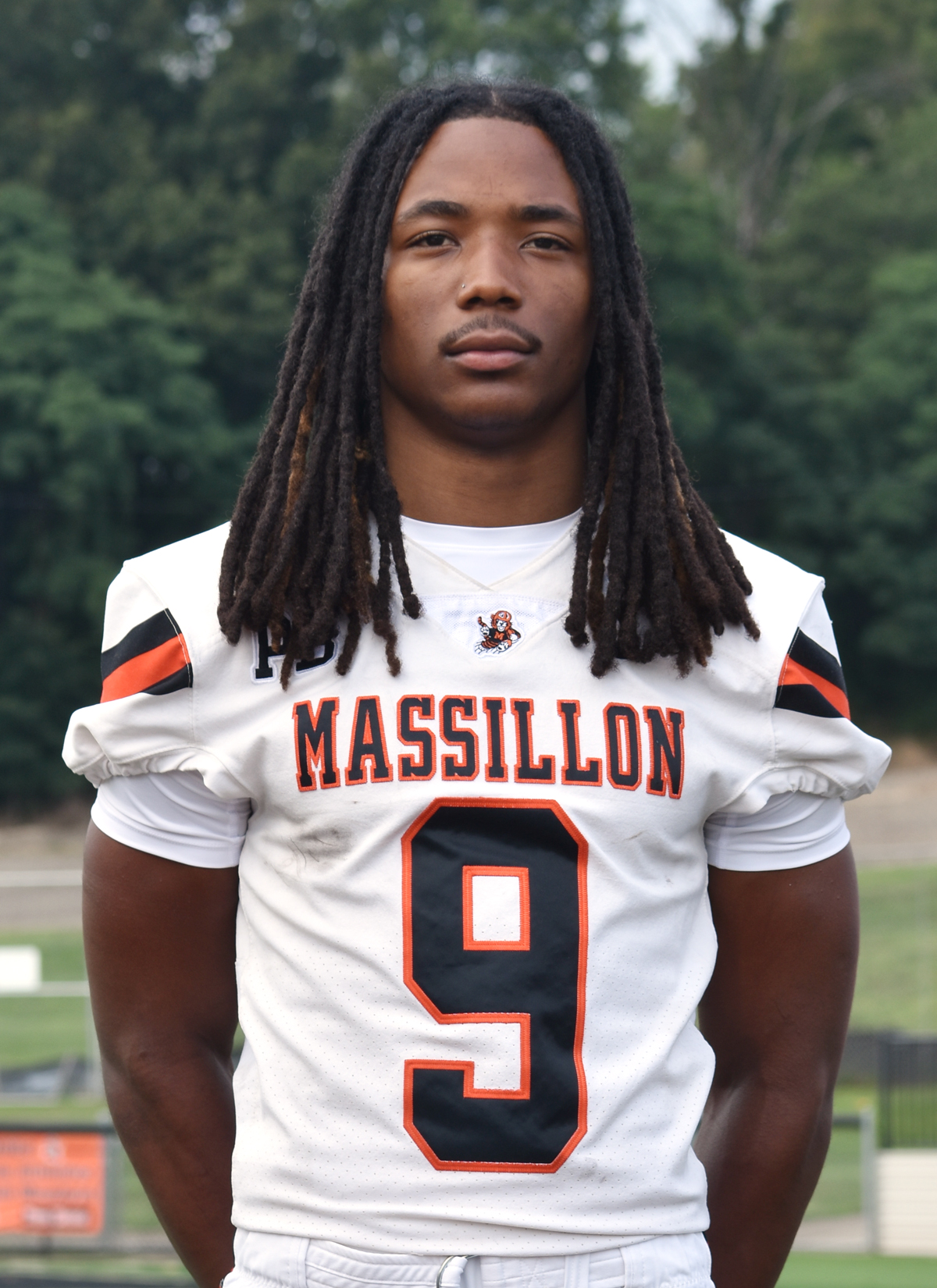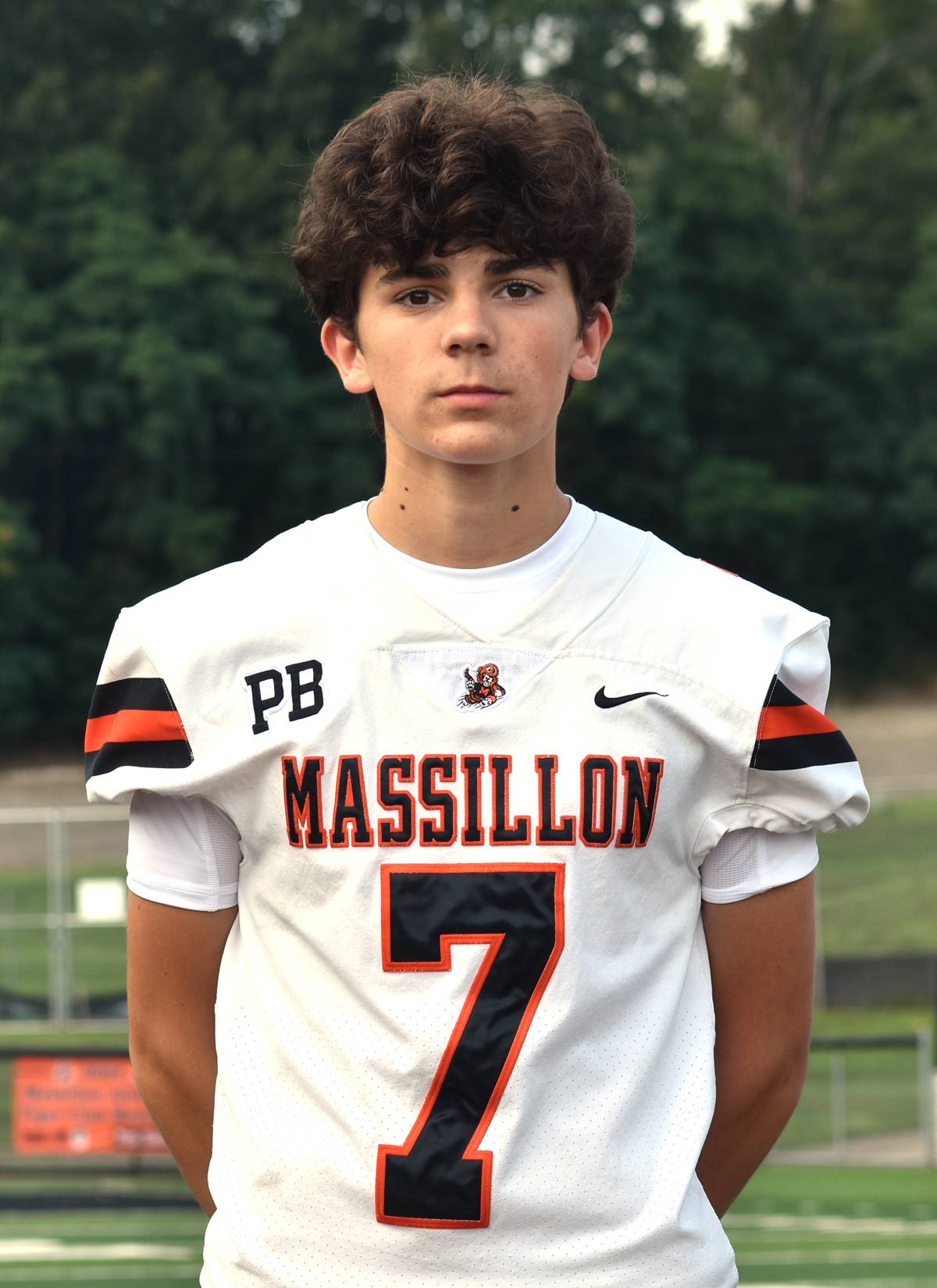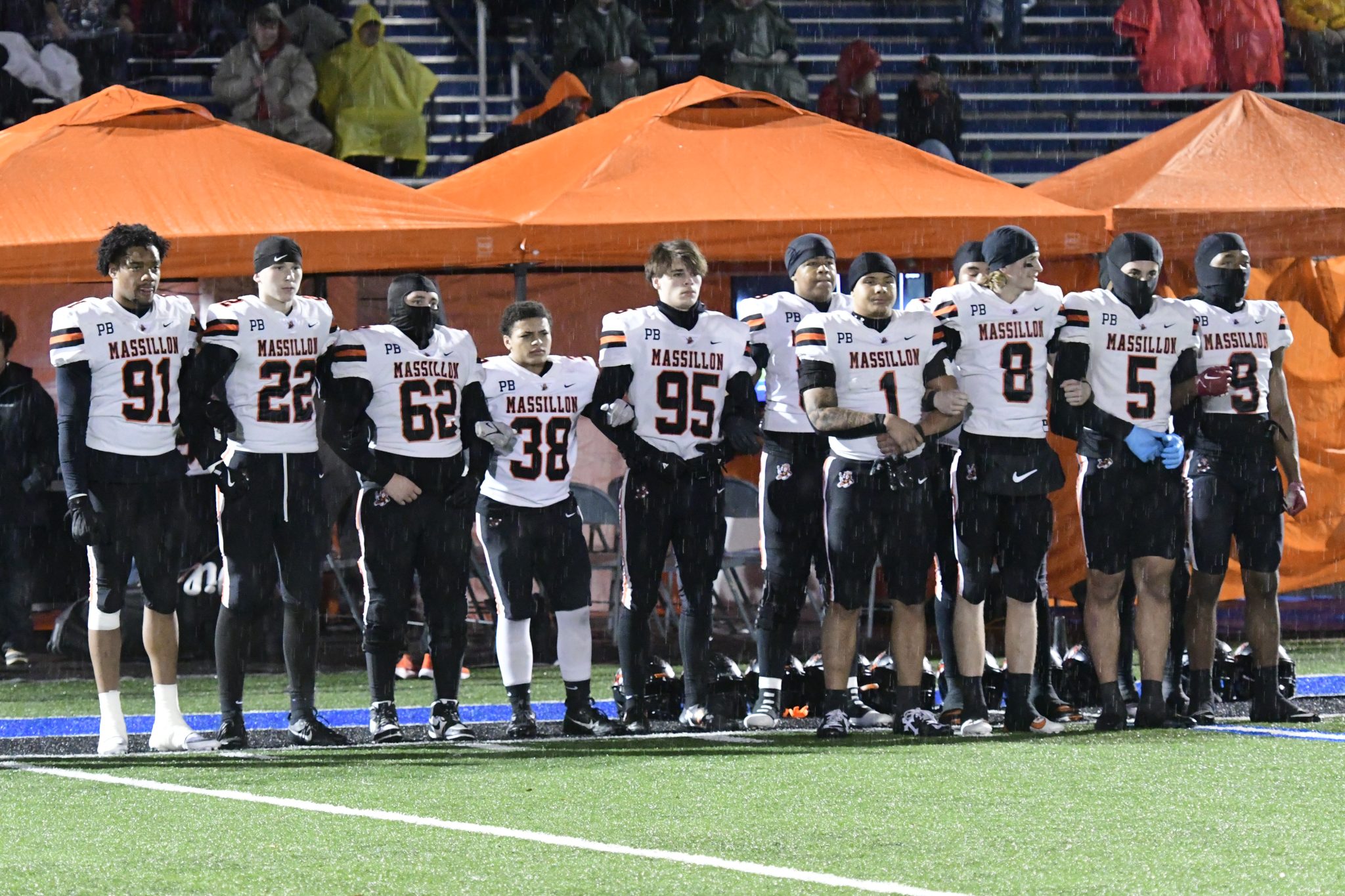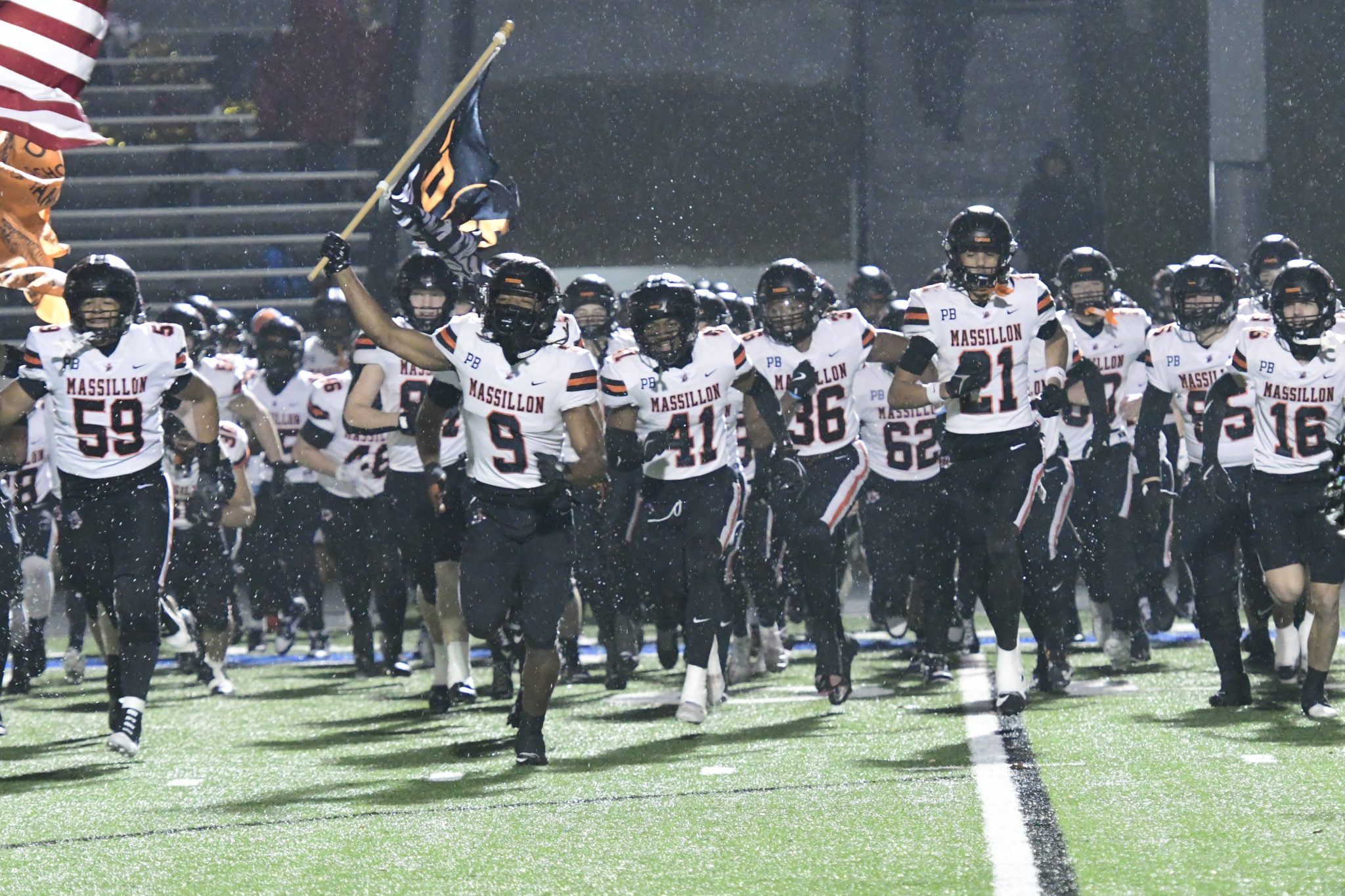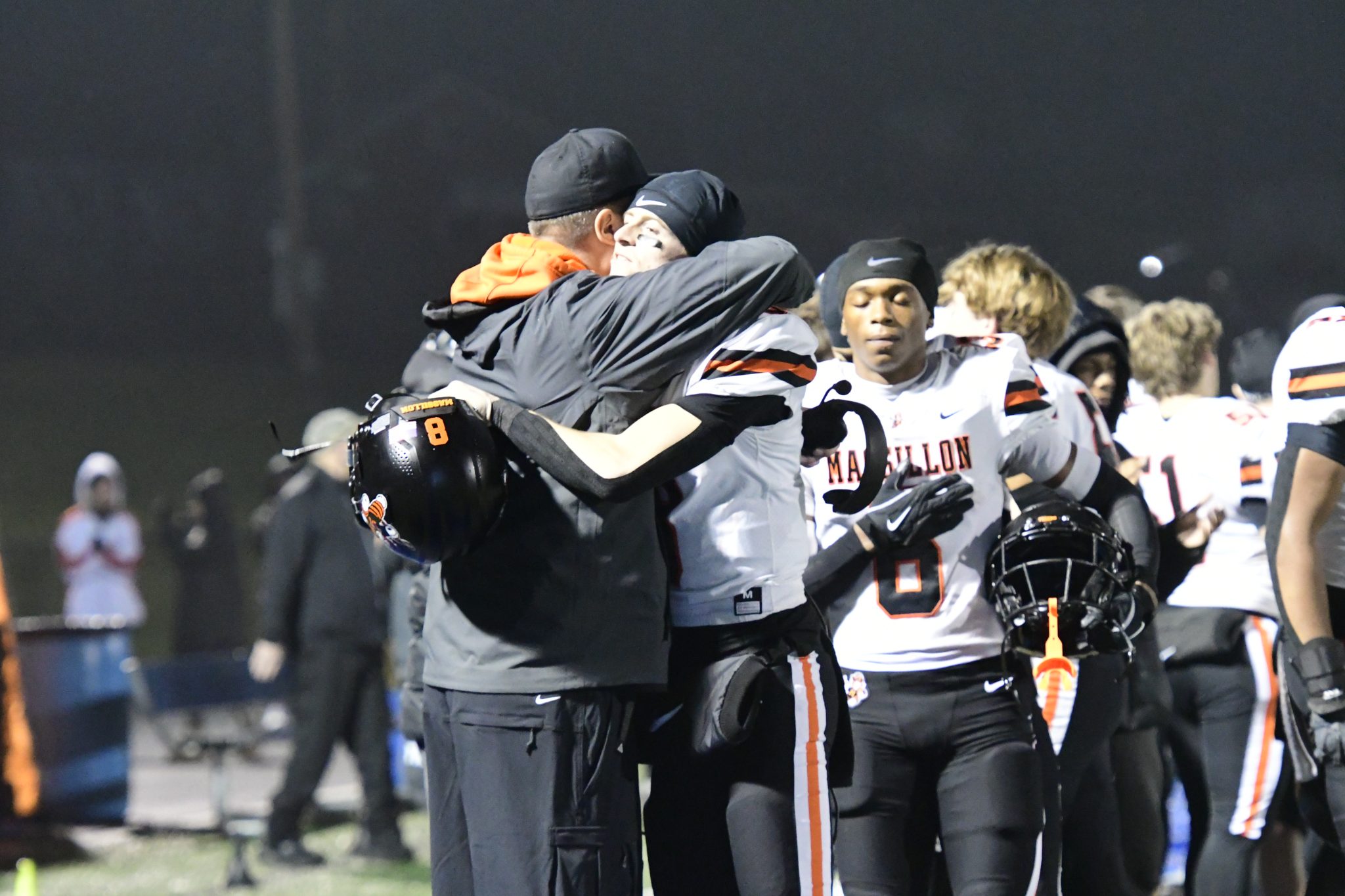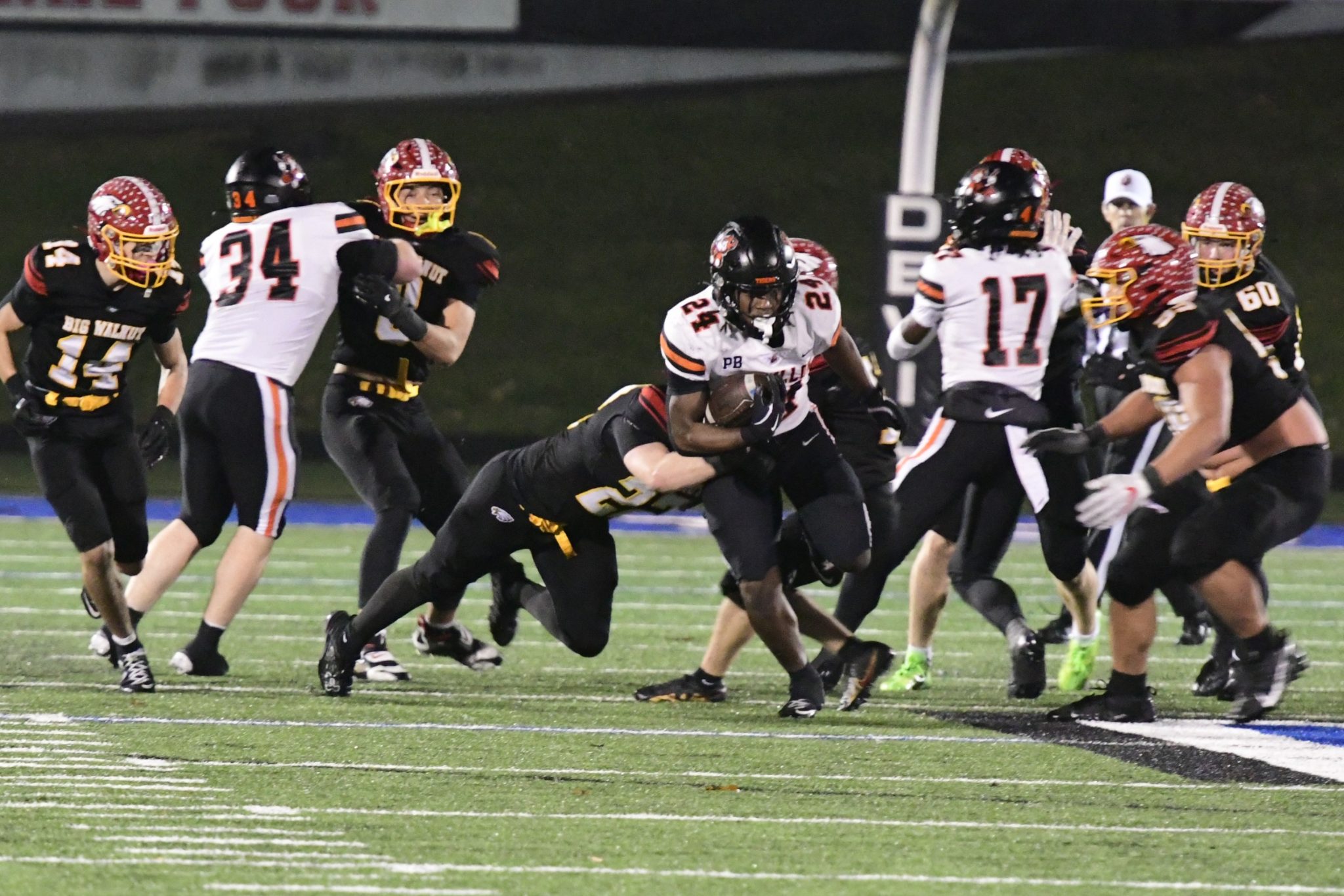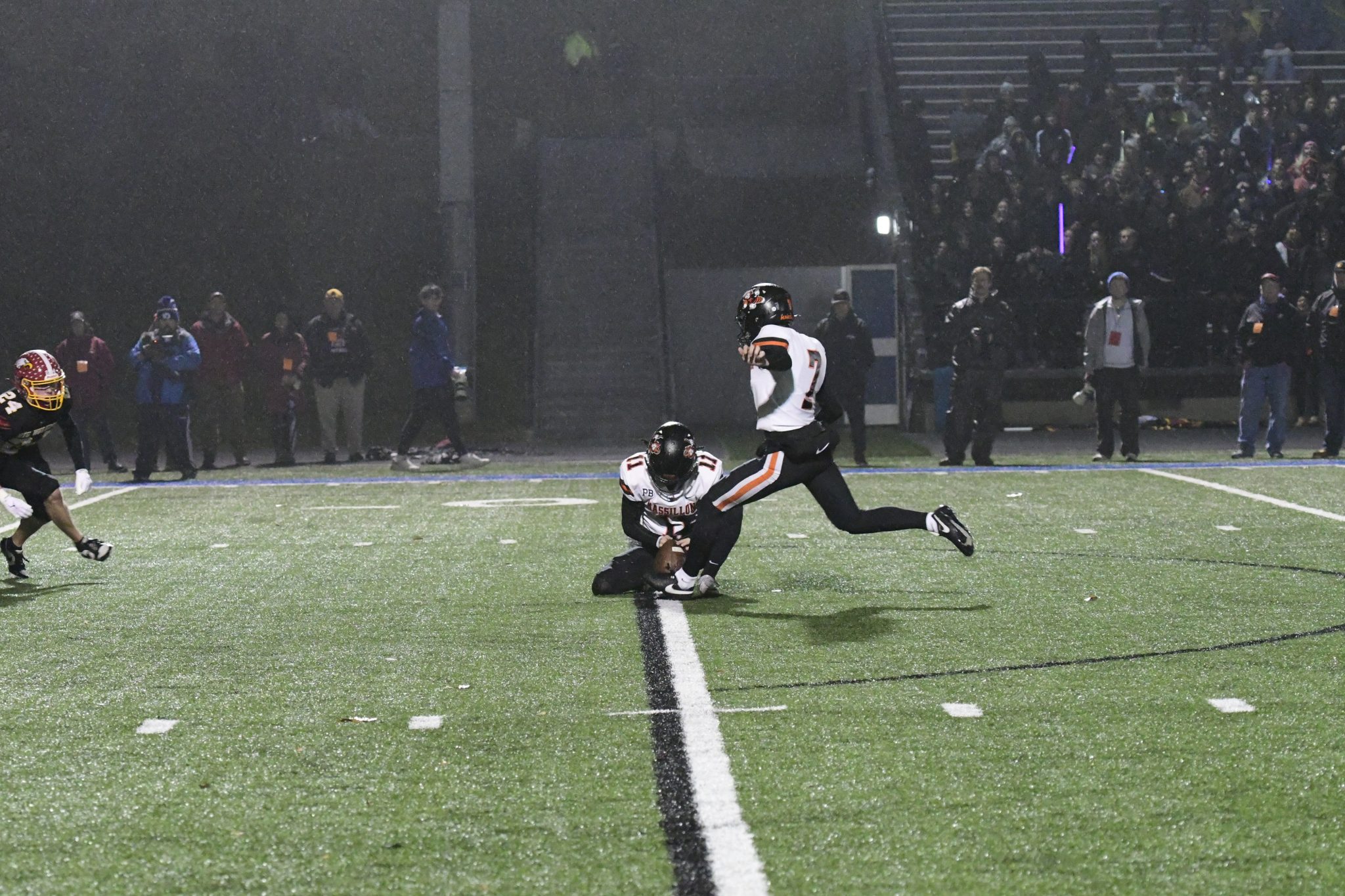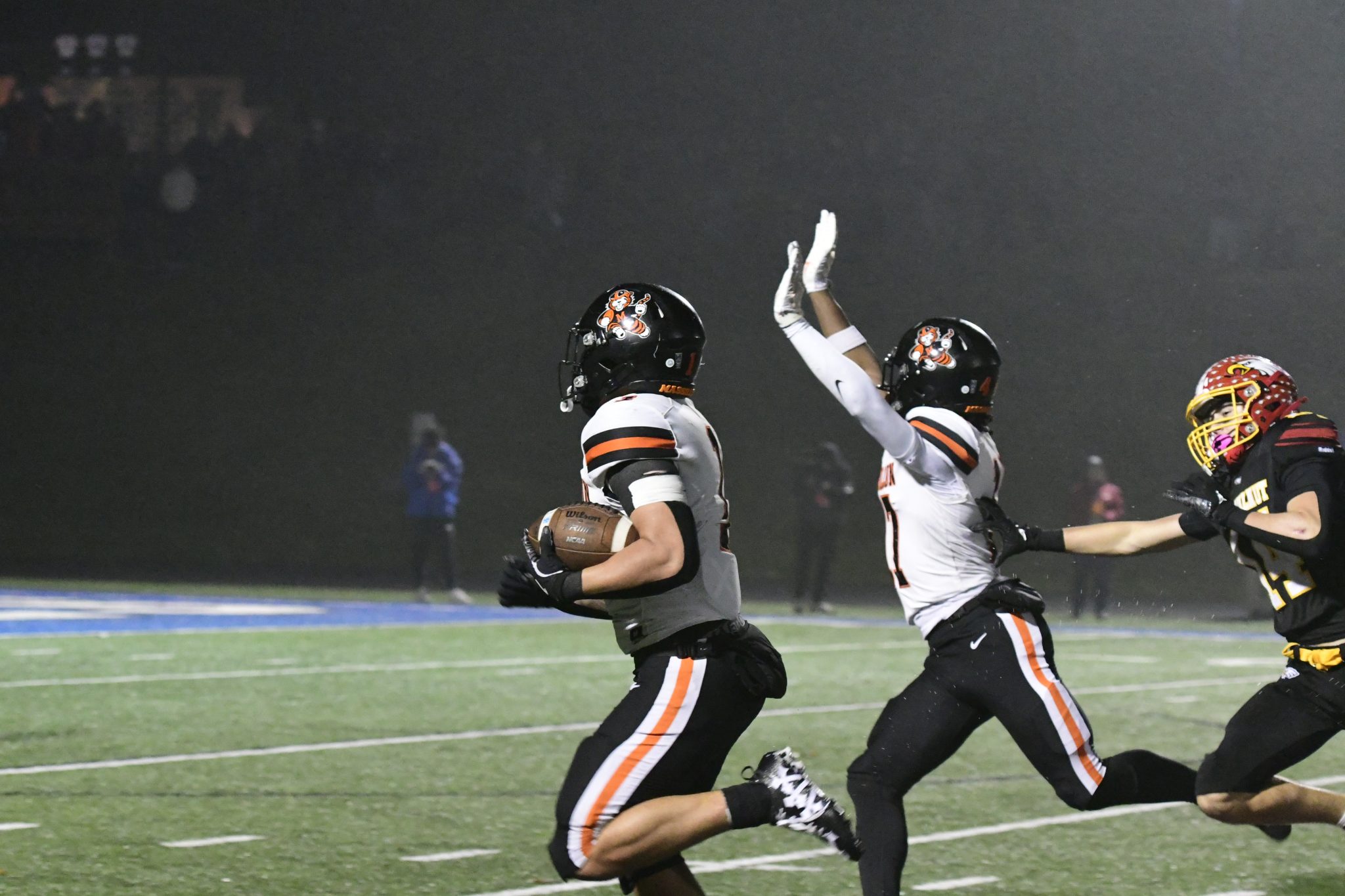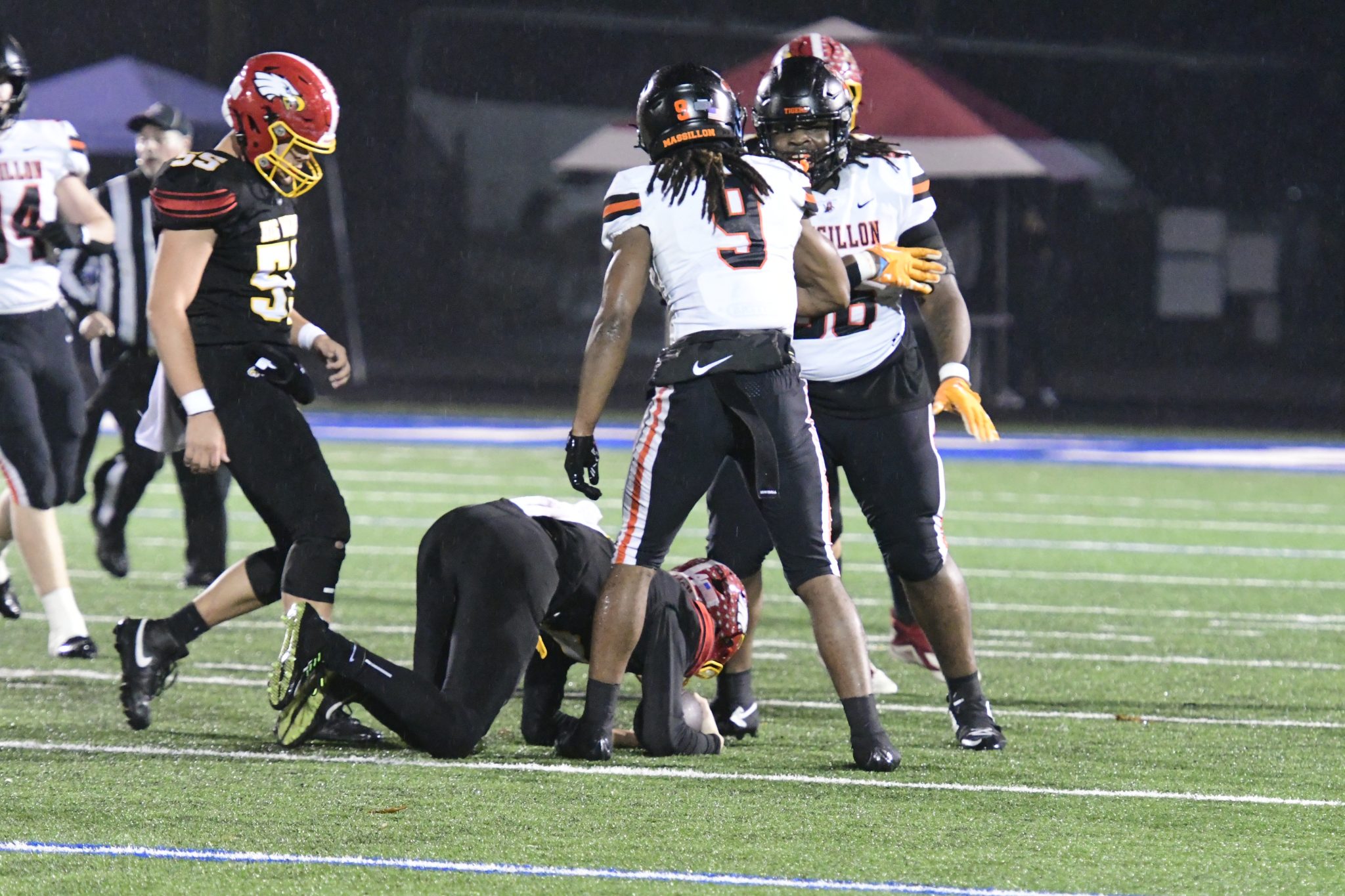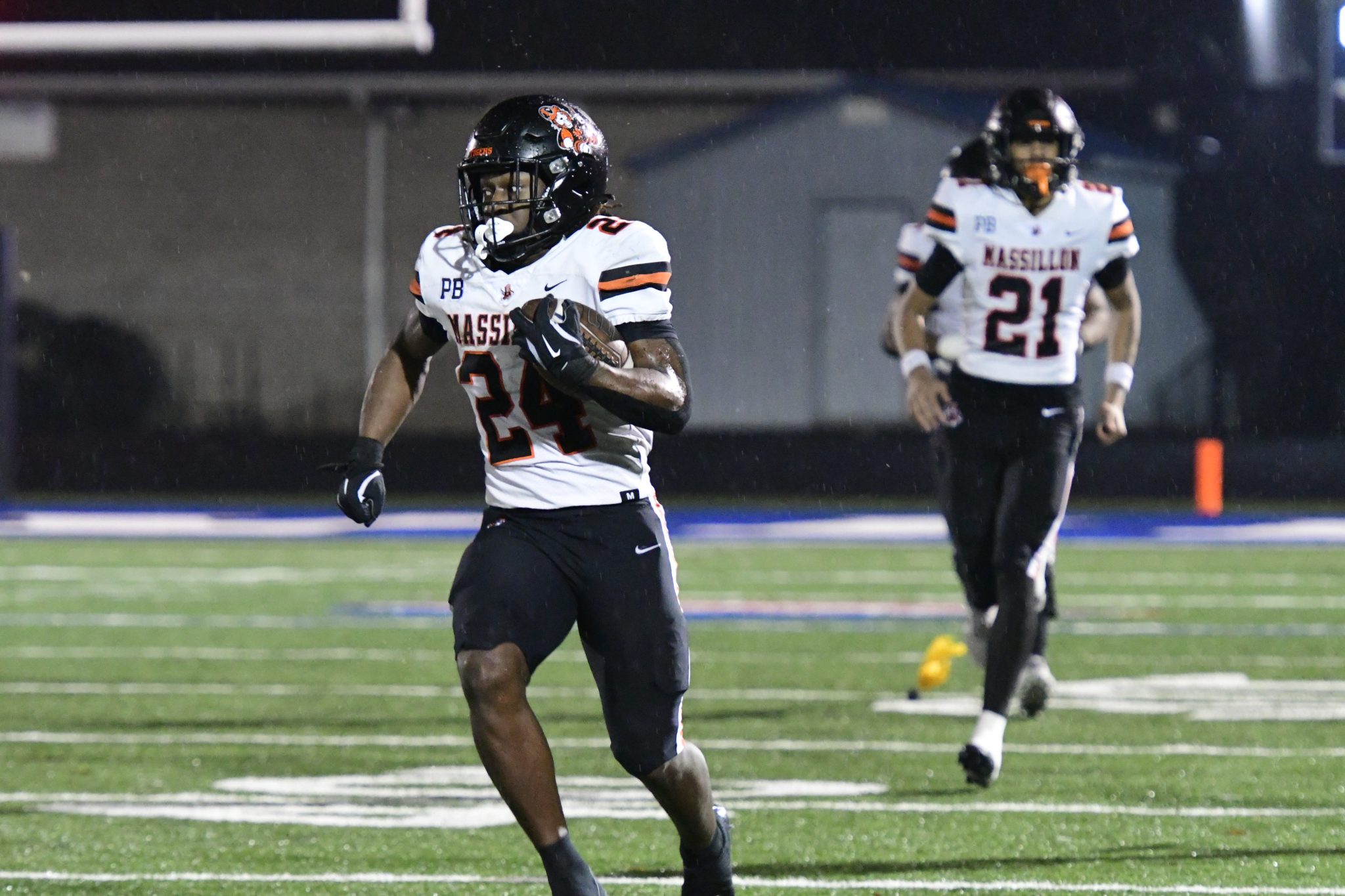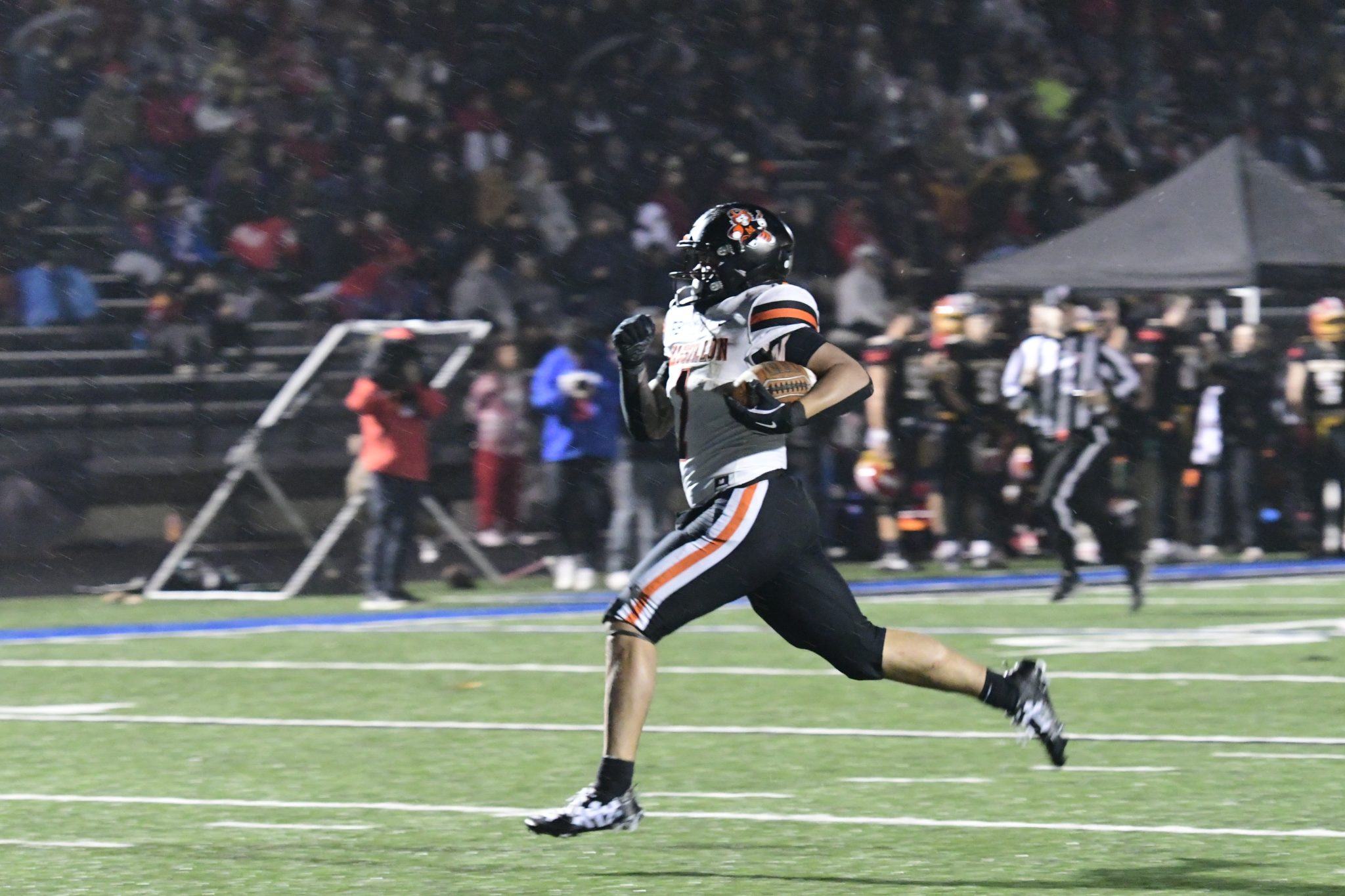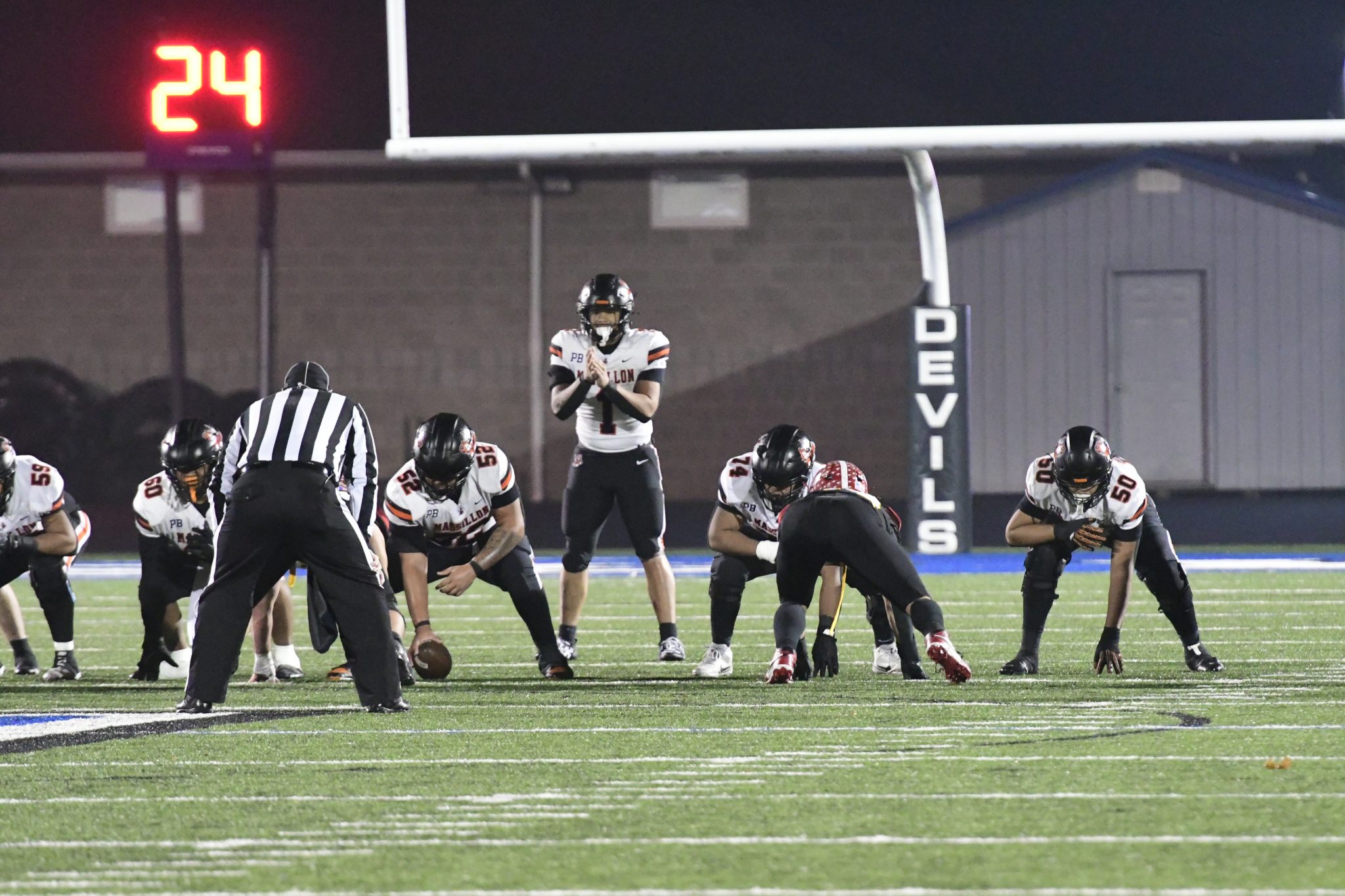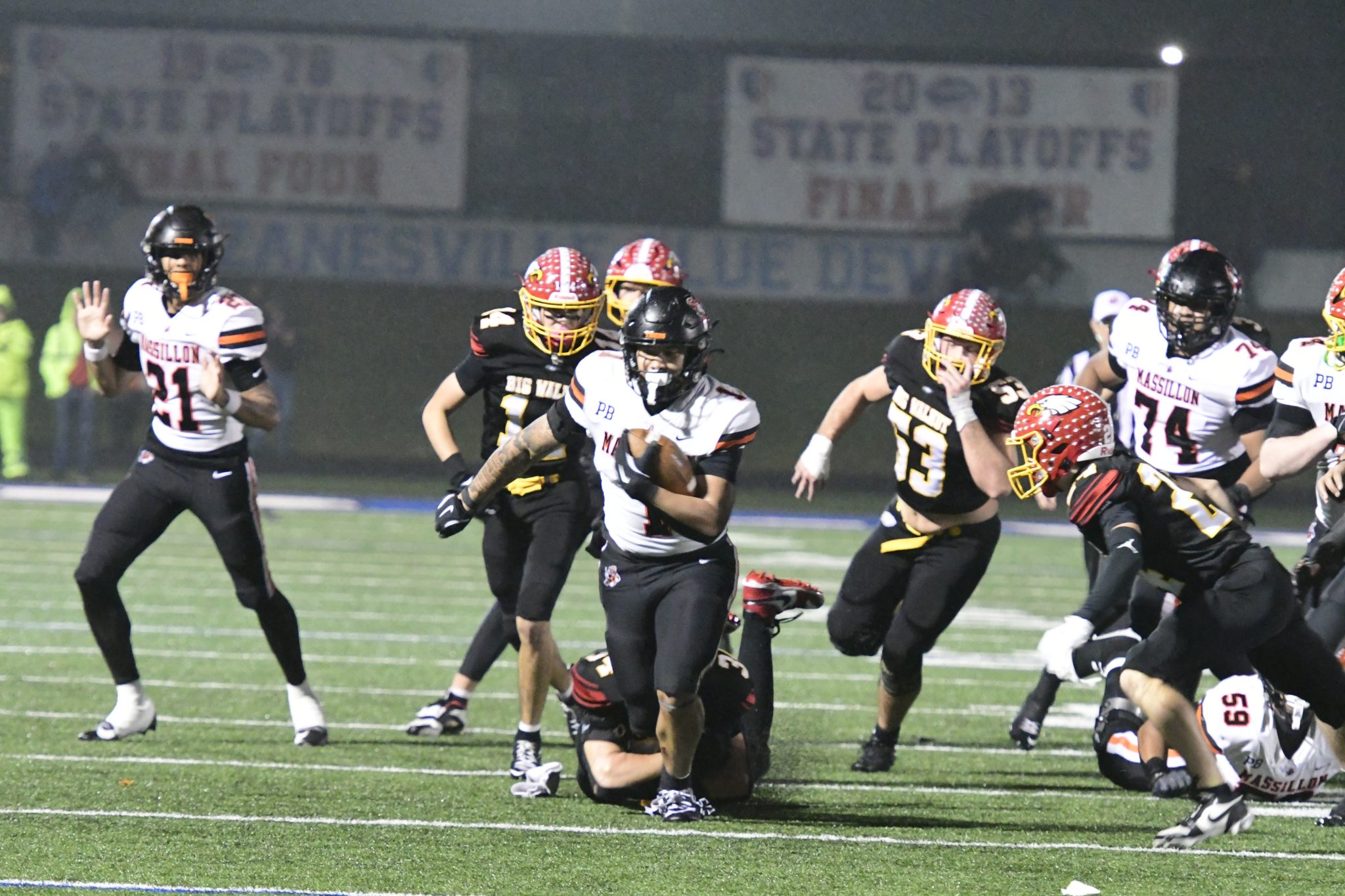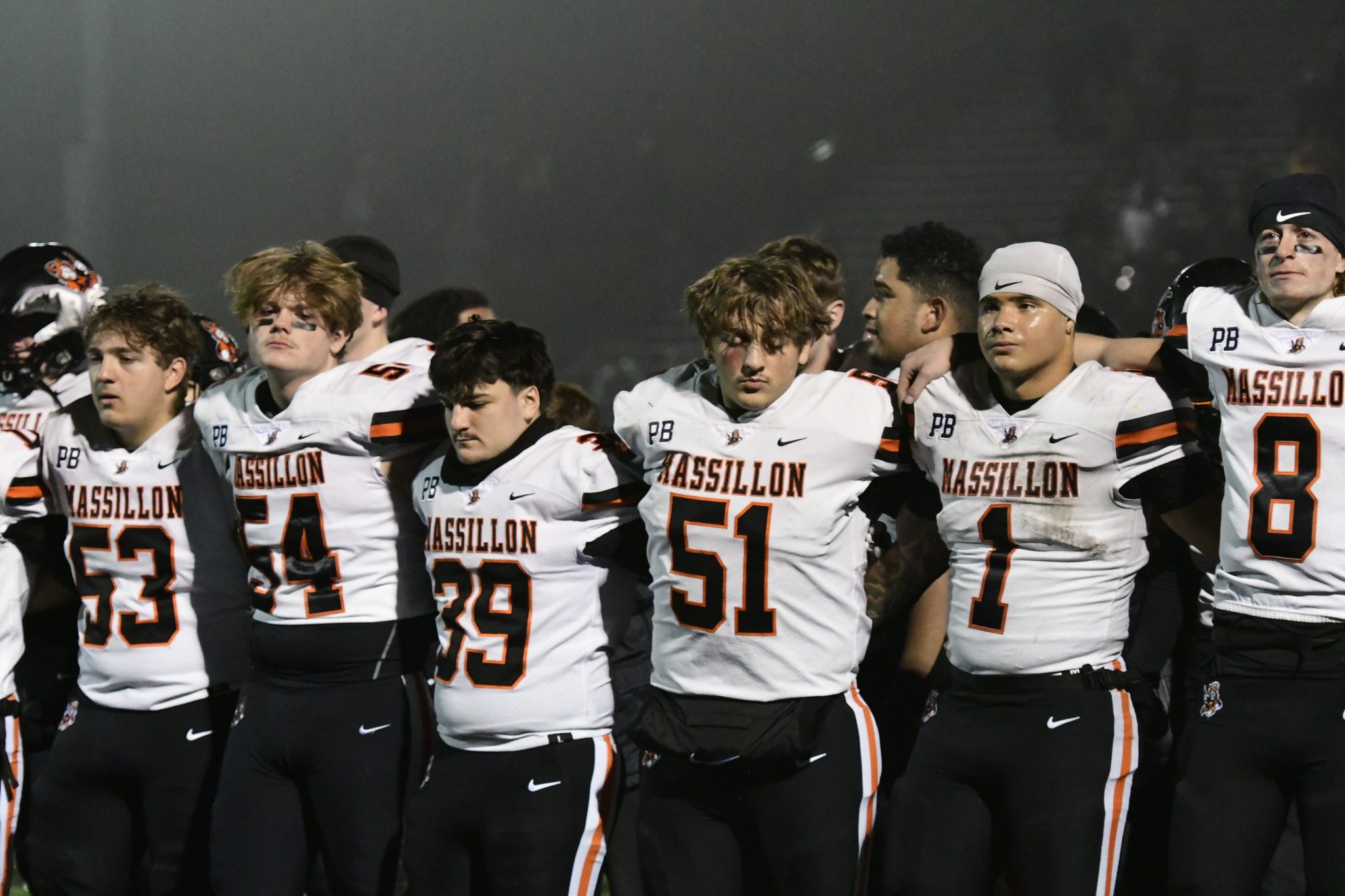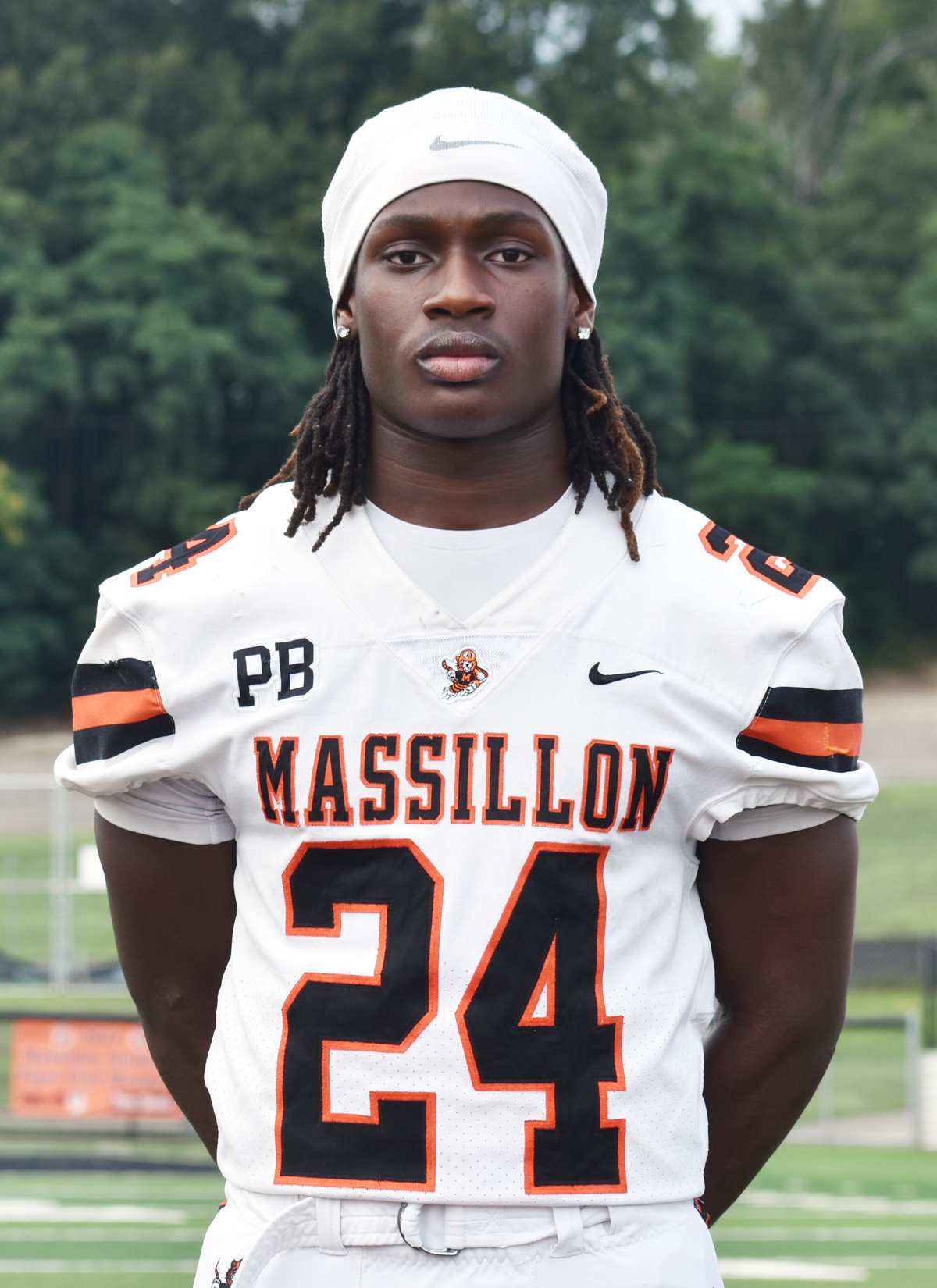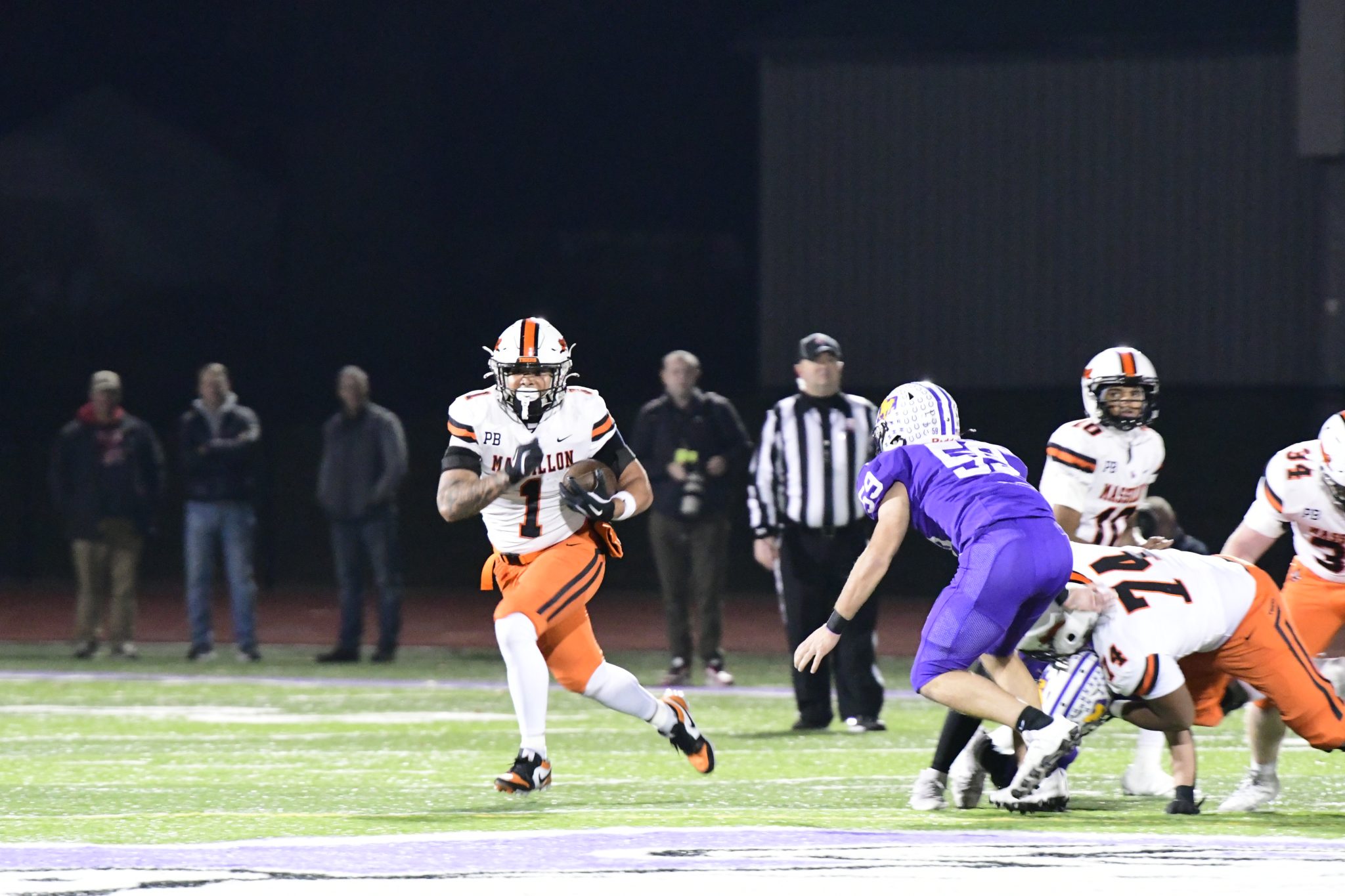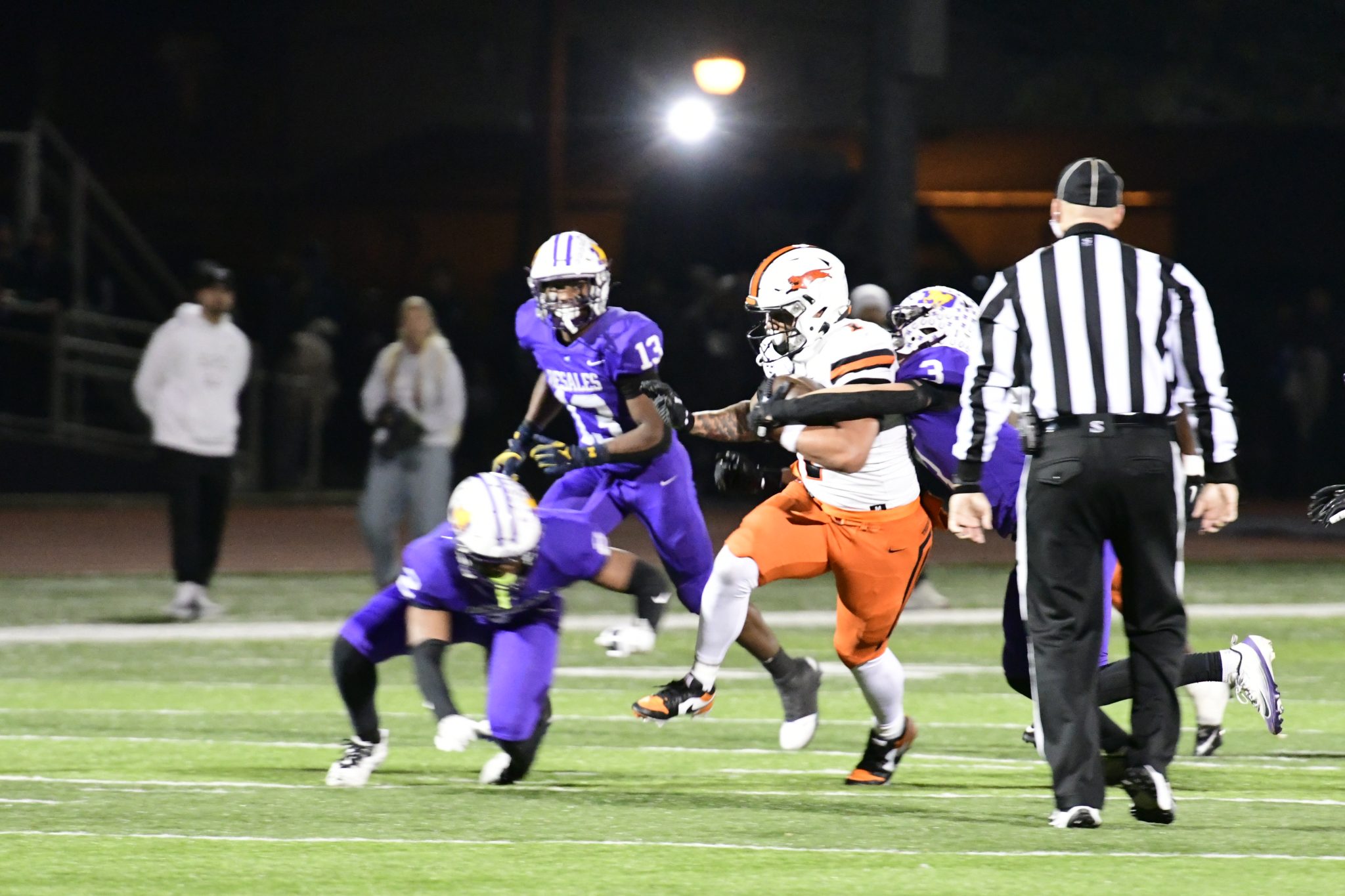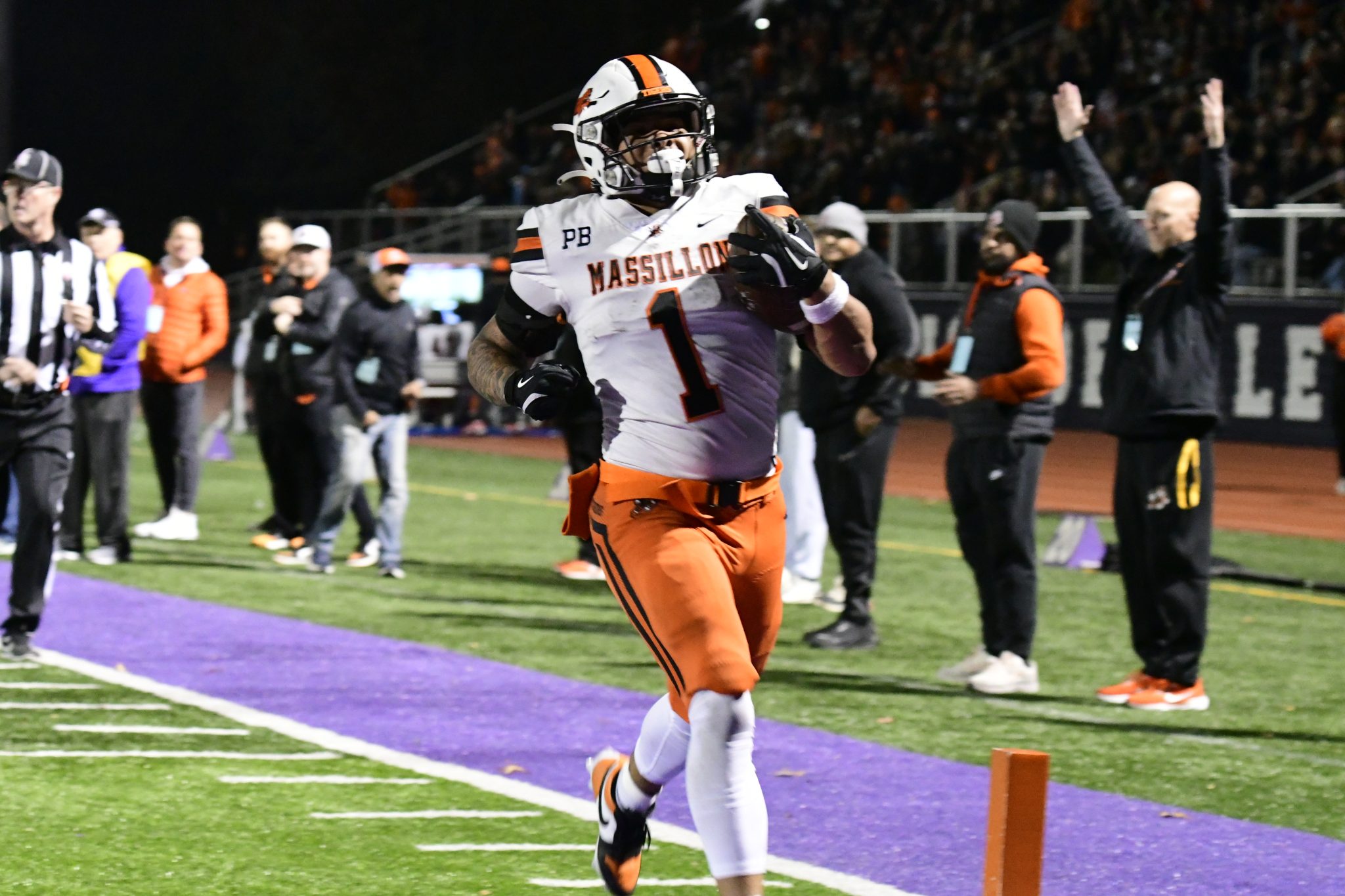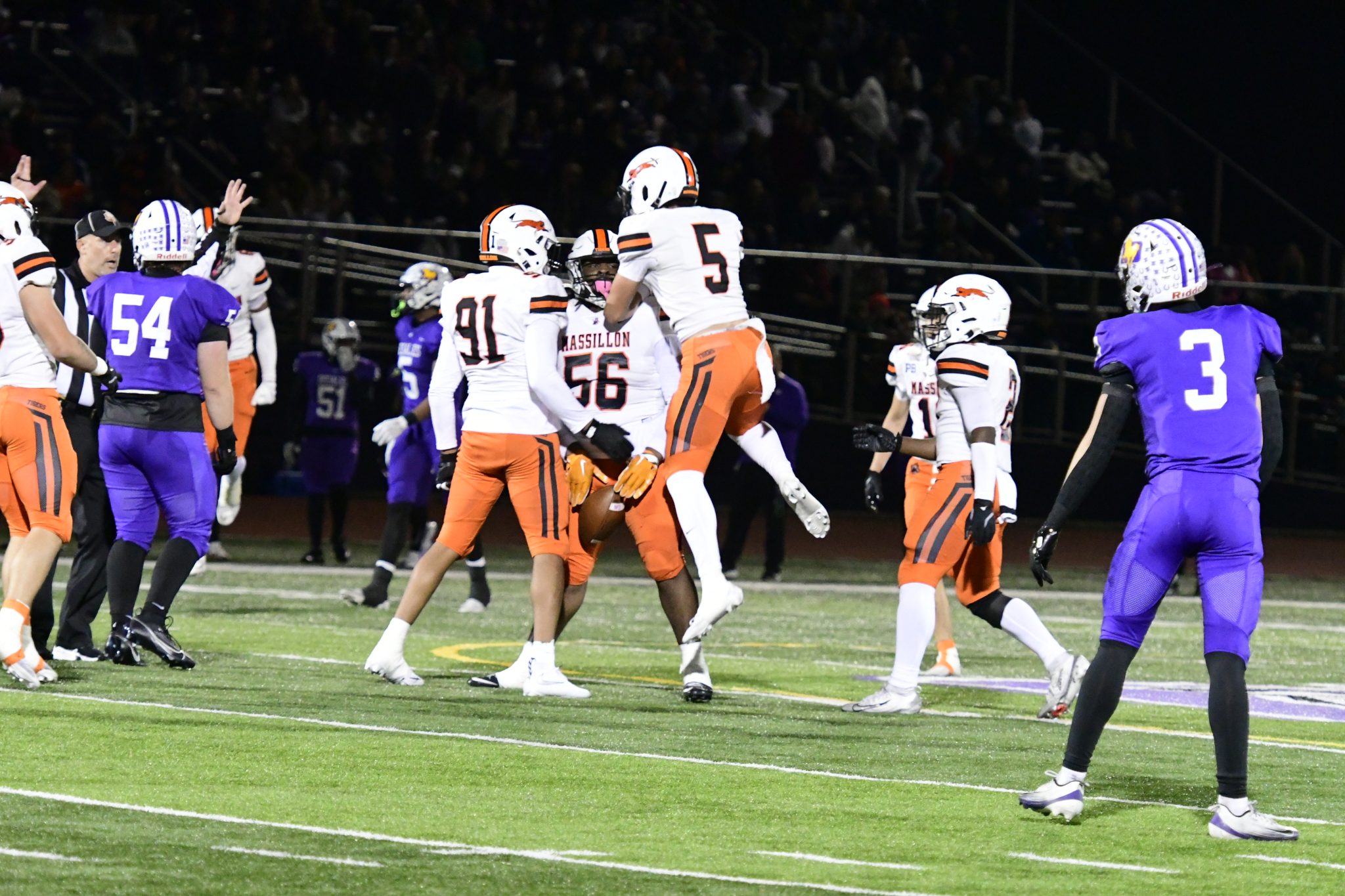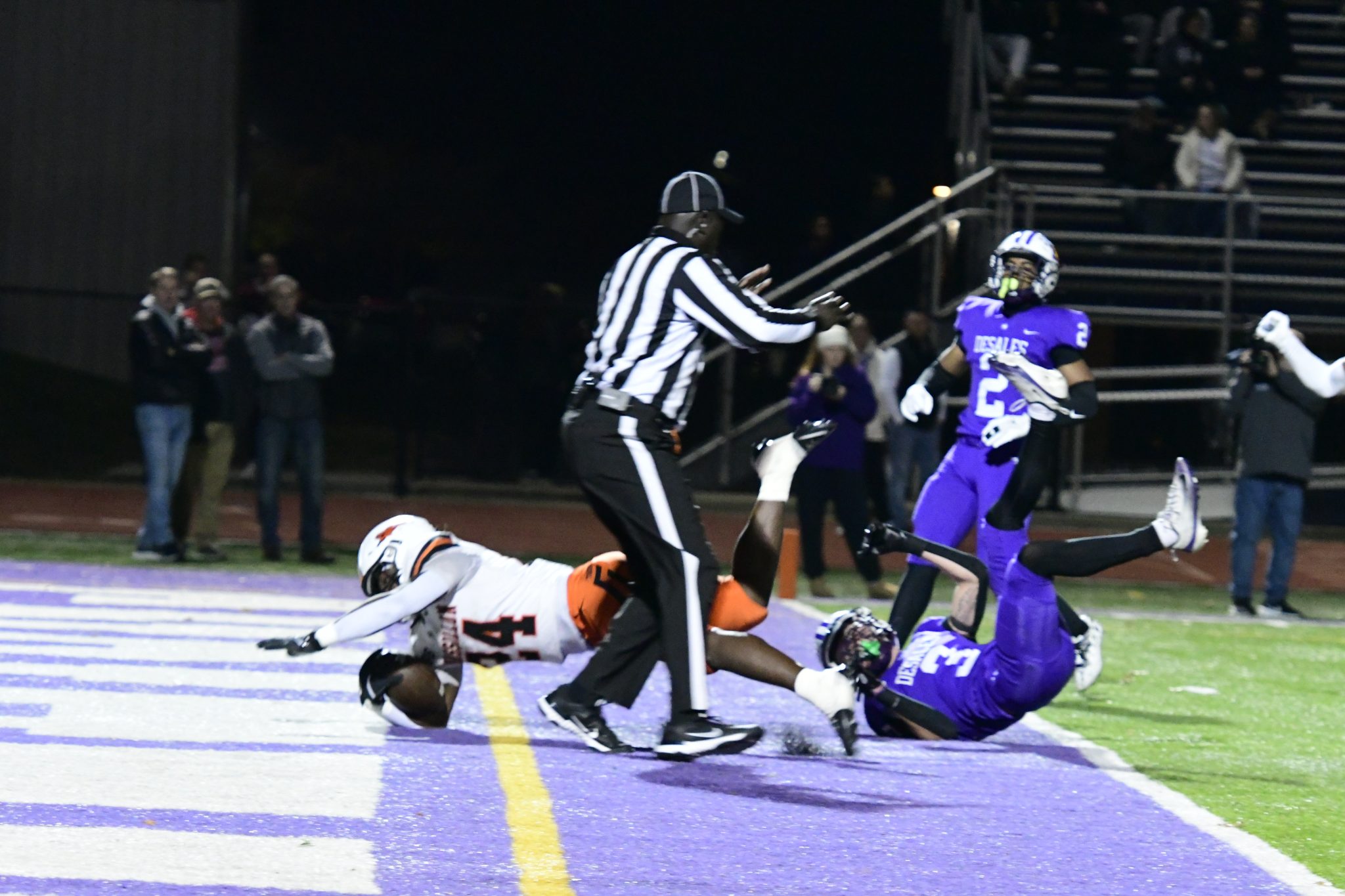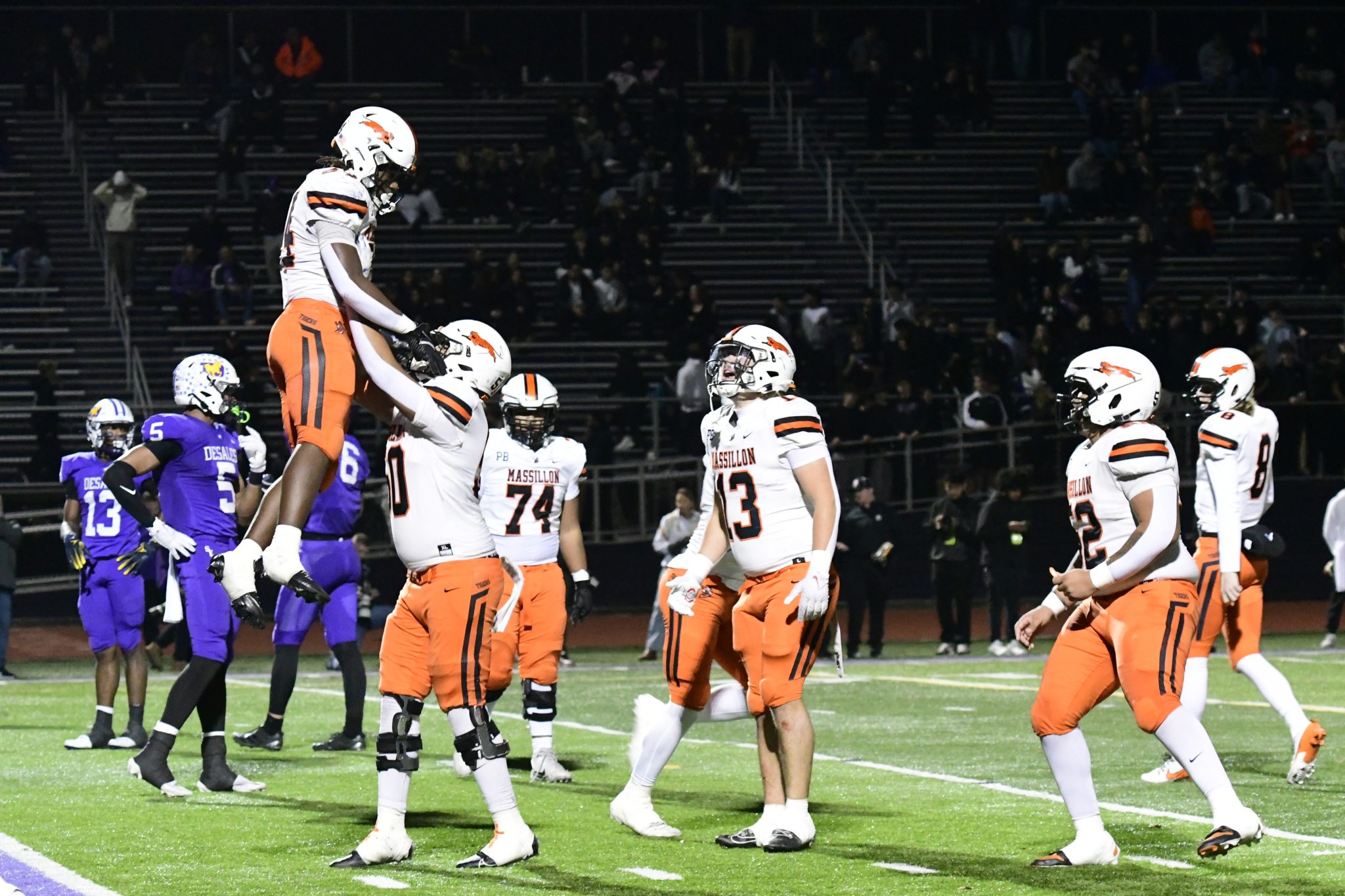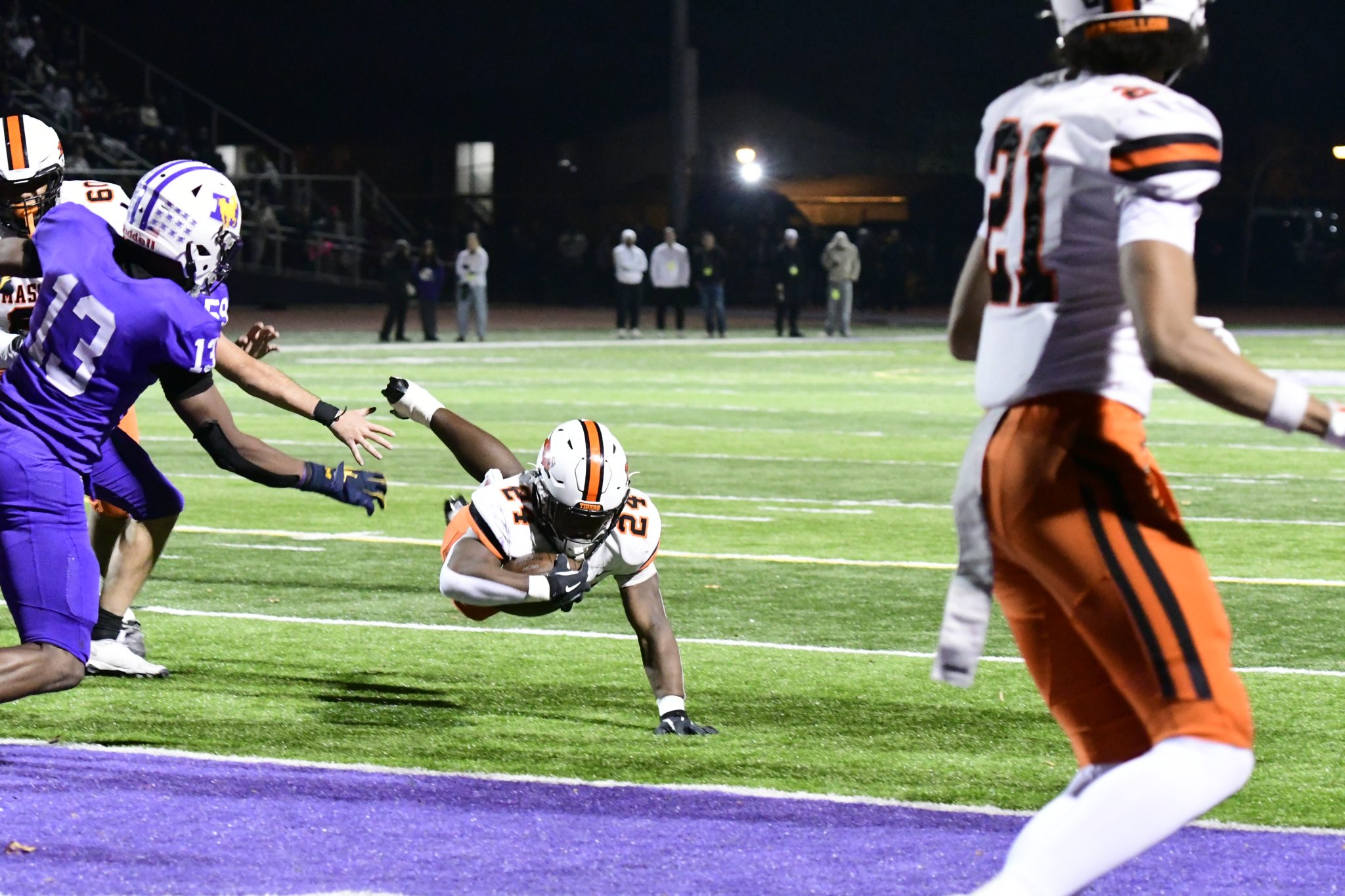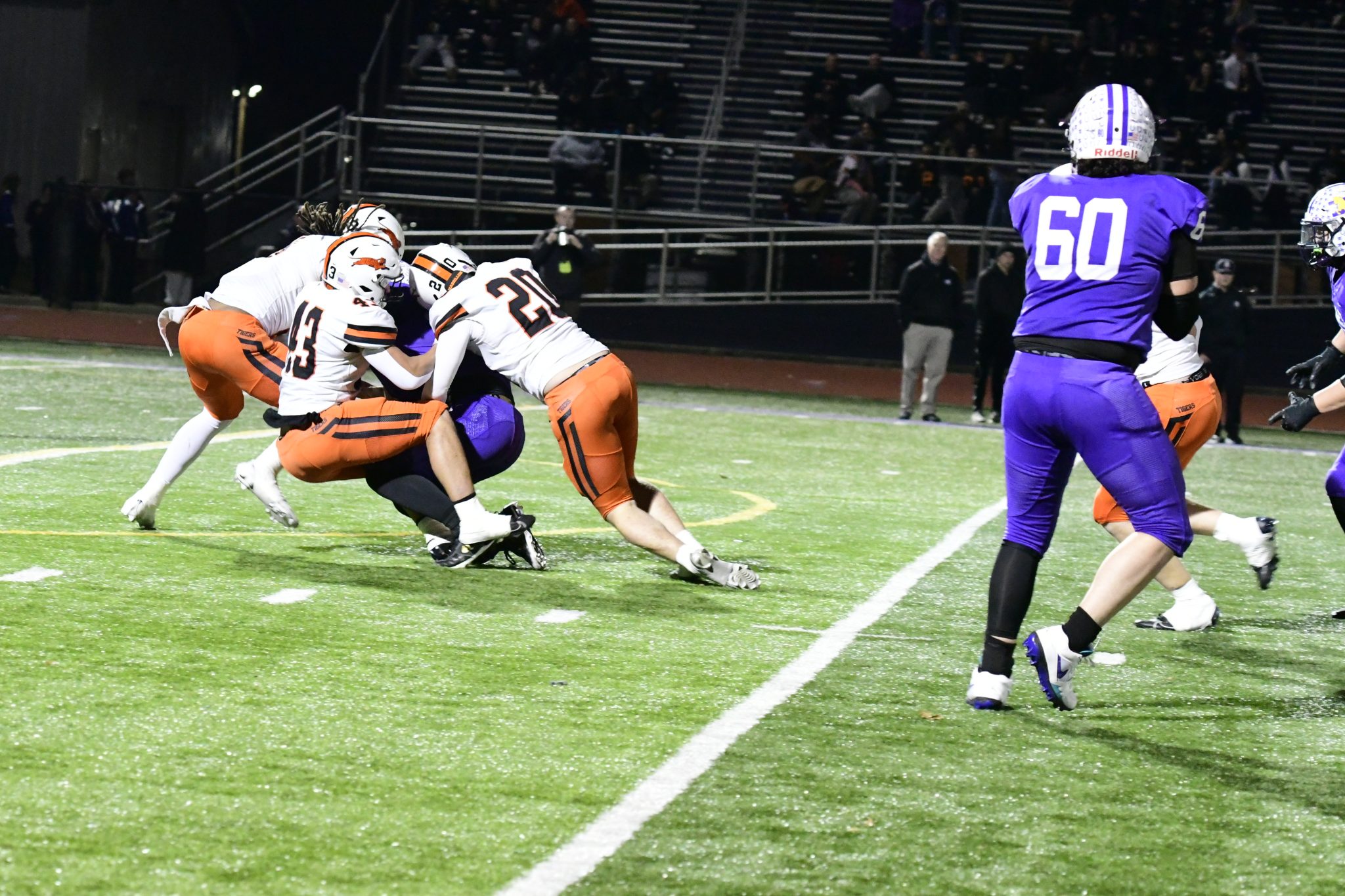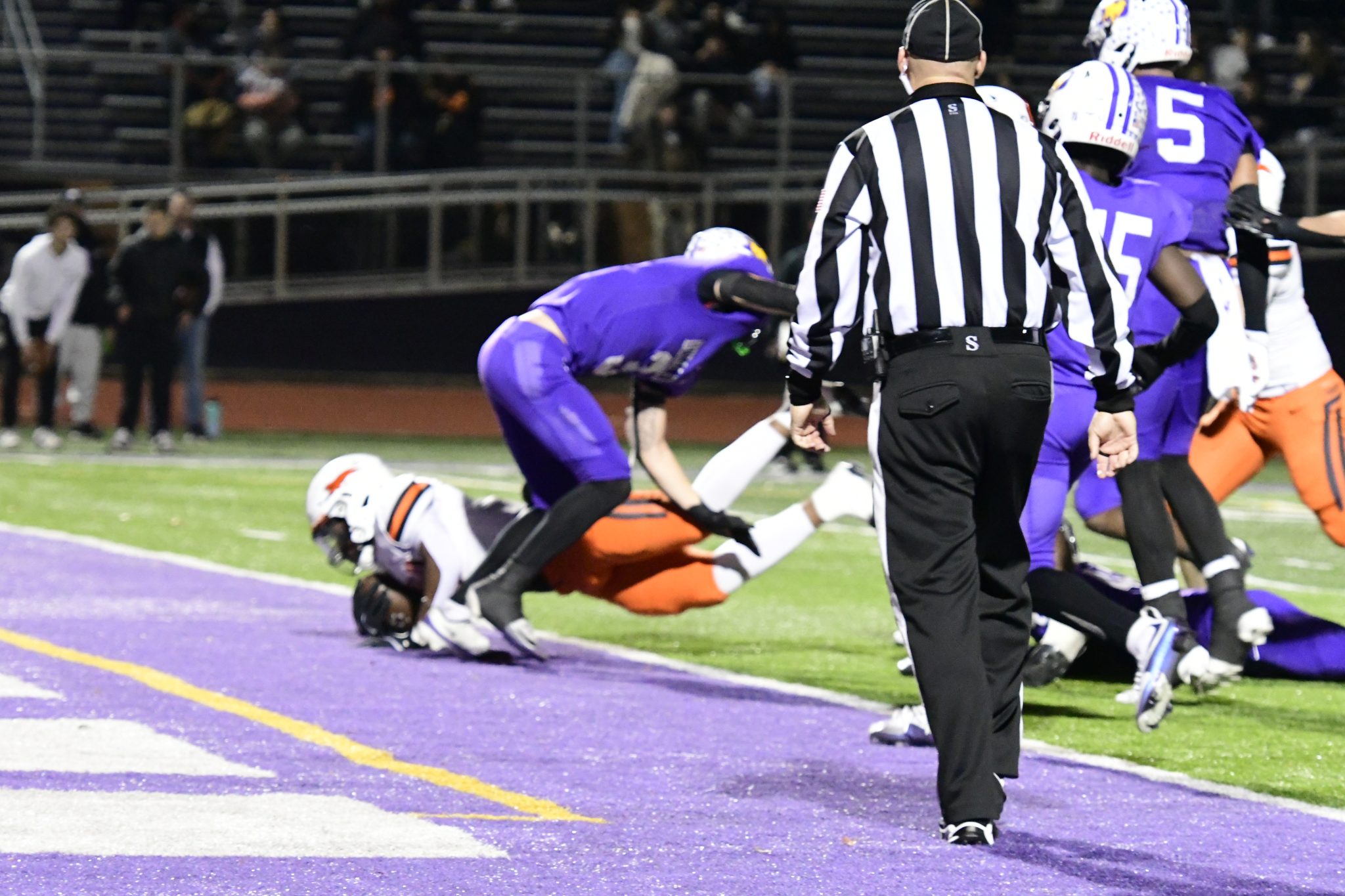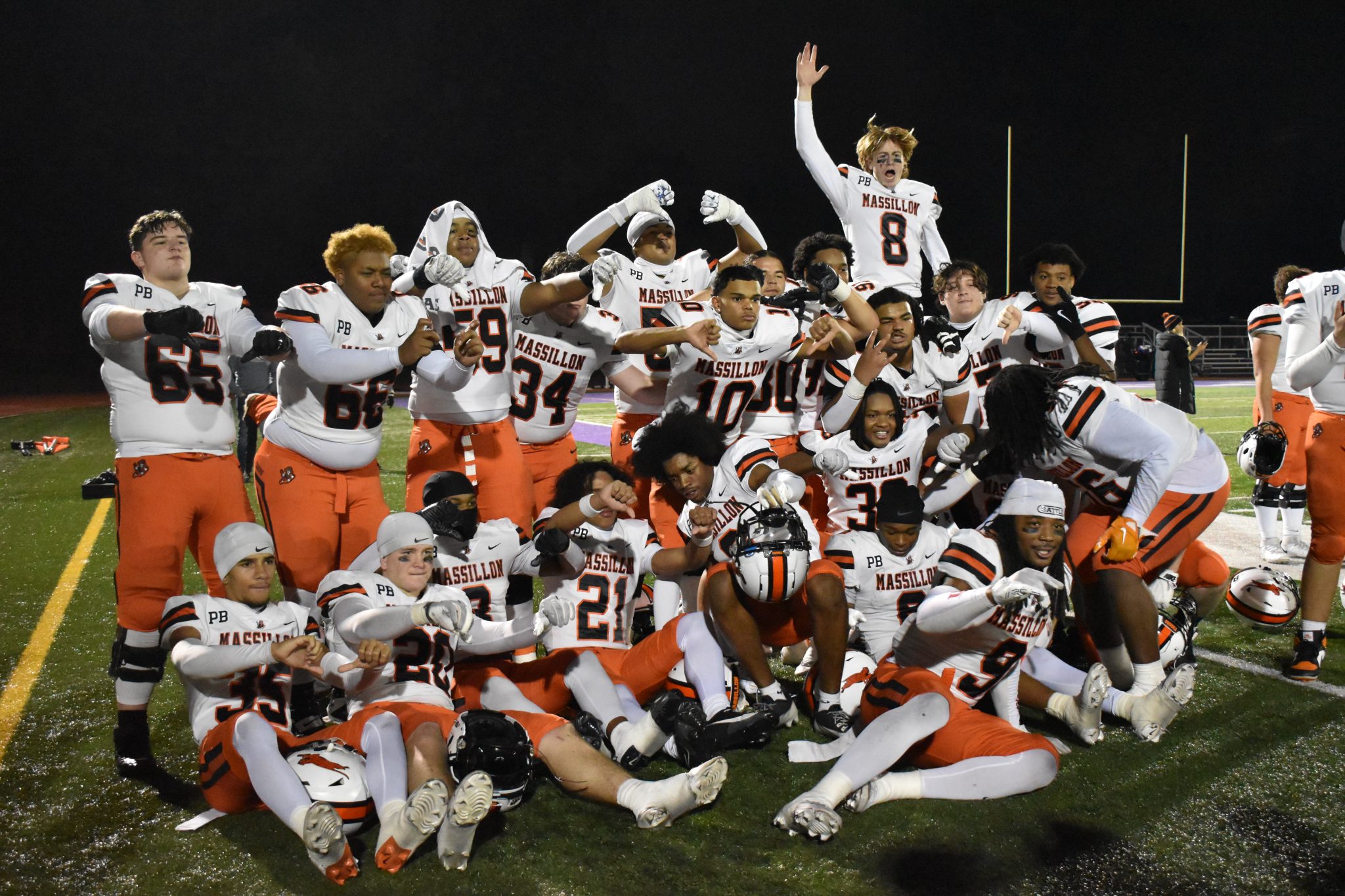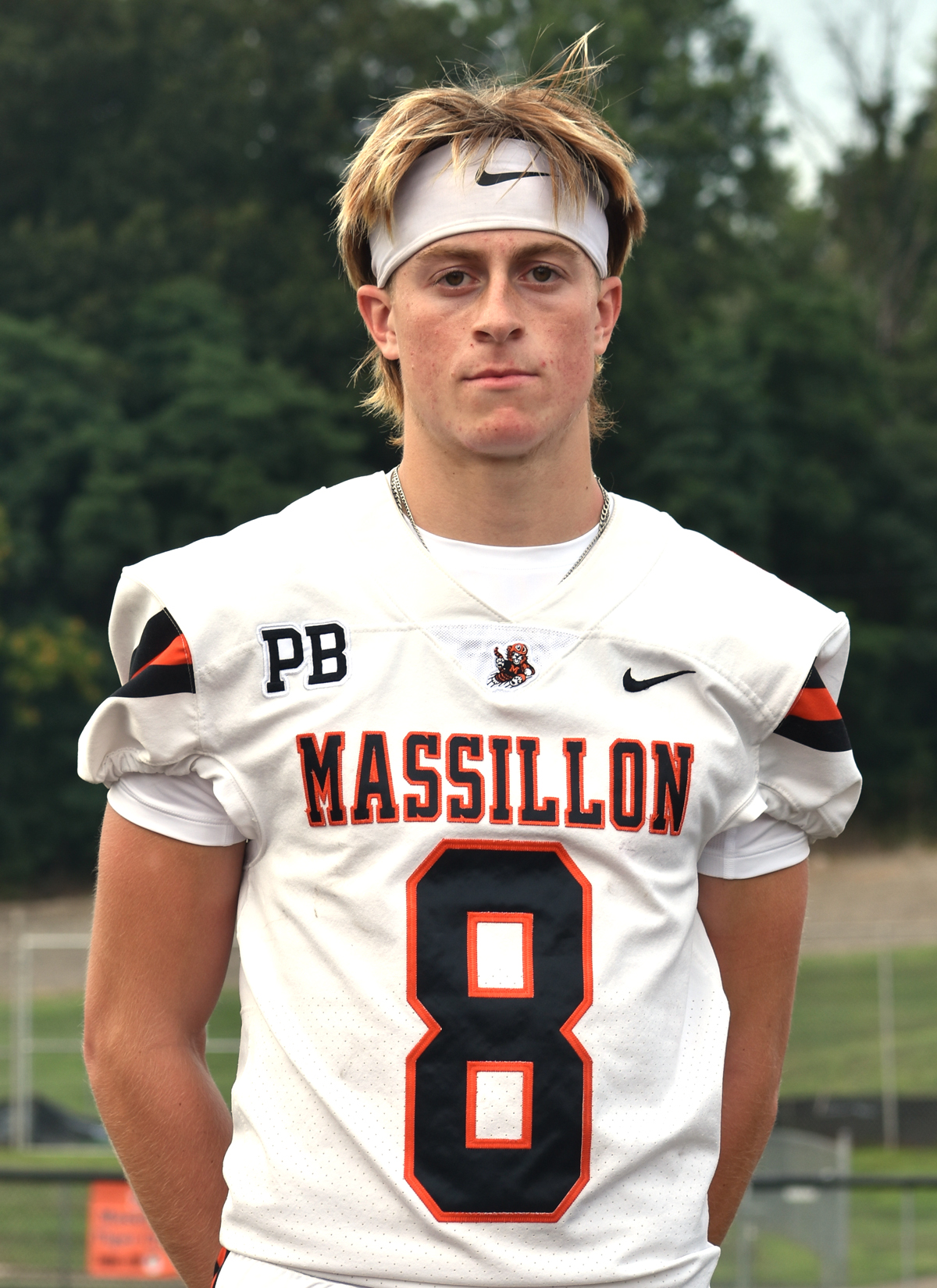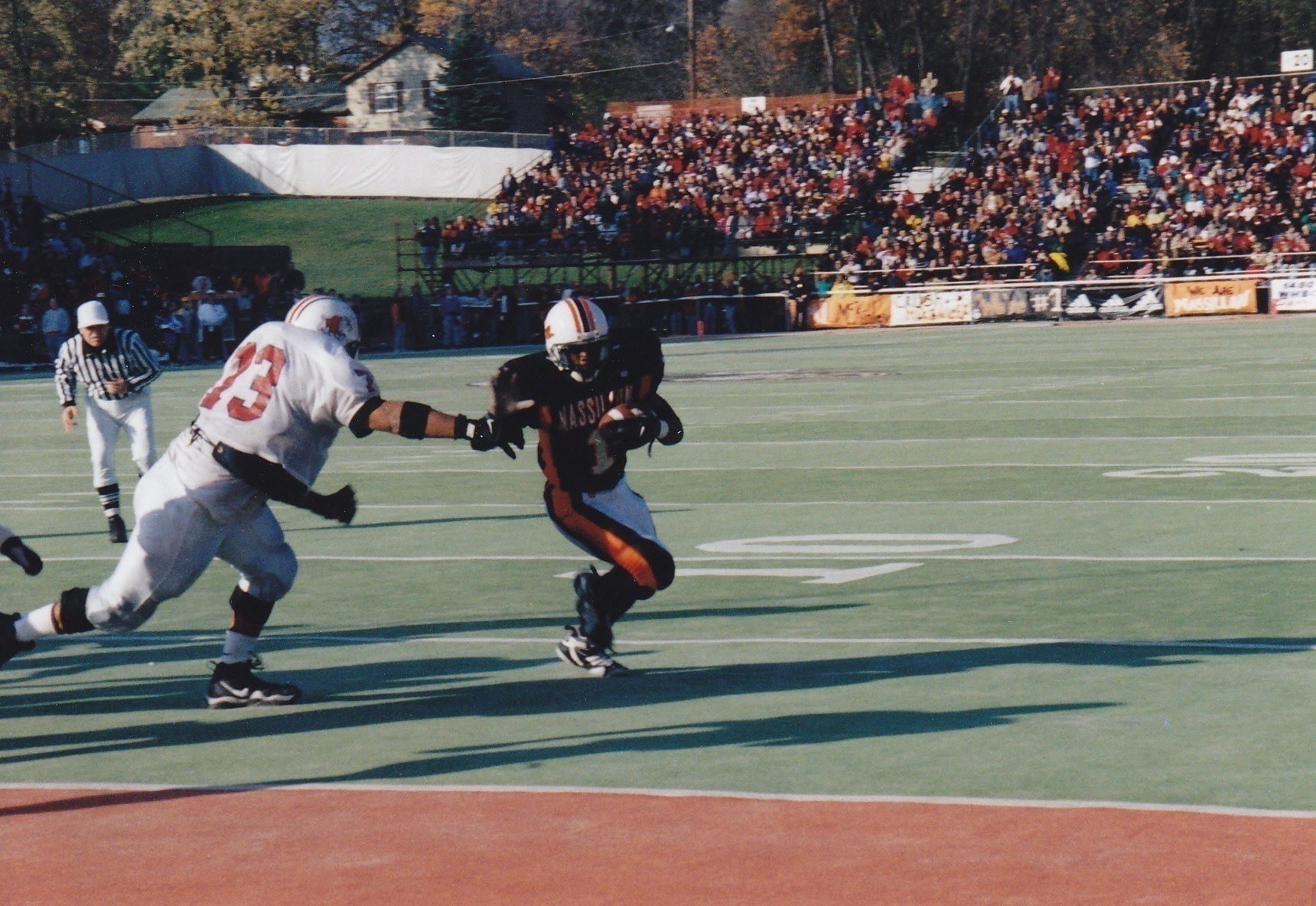
Massillon has Experienced Several College/Pro Venues
Massillon has Experienced Several College/Pro Venues
In 1940 Coach Paul Brown’s formidable Massillon squad (state and national champions) was scheduled to play a football game in Alliance. However, the match was enormous, with the Aviators coming off of a 7-1-1 record from the prior year and with their sole loss coming at the hands of the Tigers. In addition, with thousands of fans from both cities expected to attend, Alliance’s Mount Union Stadium was deemed simply too small to host such a game. So, it was moved to the Akron Rubber Bowl. It was a sound decision as the stadium that night was filled to capacity with over 33,000 patrons in attendance. It was also first high school football game that Massillon had ever played in a major college stadium. Incidentally, Massillon won that night, 40-0.
Over the next 85 years Massillon would visit several other college facilities. Some were for regular season games, while others were for playoff matchups, with the large stadiums used in order to accommodate the many Tiger fans that travel to road games. And then there were a few classics.
The most frequently visited stadium is the now demolished Akron Rubber Bowl, where the Tigers played 29 games. Their record in those is 17-12, including 9-4 during the regular season and 8-8 in the playoffs. Included in these were many memorable ones that were witnessed by some very large crowds. Here are those that stand out:
- Niles McKinley (1964) – The Red Dragons took a 48-game winning streak into the Week 2 contest to face first-year Massillon head coach Earl Bruce. In front of 30,128 fans, the Tigers overcame an early 8-0 deficit and took a 14-8 lead into halftime. And that score held up. Bruce remarked after the game that, “it was the night I became Tiger.” Massillon would go on to finish 10-0 and capture their 22nd state championship.
- Cincinnati Moeller (1981) – Traditionally strong Massillon was scheduled to face upstart Moeller in game that would presumably establish Ohio’s modern-day dominant team. However, some of the luster was removed as these two teams matched up earlier than expected, in the prior year’s playoff state championship game. The Crusaders ended up winning 24-6 at the Rubber Bowl in front of nearly 24,000 fans.
- Cleveland St. Ignatius (1991) – It was in the state semifinals that Massillon and Ignatius battled it out, with 20,156 patrons in attendance. With the score tied 7-7 entering the fourth quarter, the Tigers connected on a long pass to Jason Stafford for the go-ahead score. But the extra point attempt was just wide on account of the narrower-width college goal post. Subsequent to that, the Wildcats tallied in the final seconds and went away with a 14-13 victory. Iggy would capture the state title the following week.
- Canton McKinley (1994) – In Week 10 host Massillon defeated McKinley 42-41 in overtime to capture the 100th game in that long rivalry. Only, they would meet again two weeks later in a Rubber Bowl playoff matchup. This time, it was the Bulldogs that prevailed, in front of 29,110 fans, by the score of 27-20.
- Brunswick (1996) – 6,500 fans braved the six inches of snow that fell throughout the contest in an event that resembled anything but football. Massillon found the end zone in third quarter in an 89-yard run by Christian Morgan. But the PAT failed when the kicker slipped during the try. Unbeaten Brunswick responded late in the fourth and subsequently converted its PAT for the win. But first Brunswick called time out in order to remove enough snow for the kicker to have decent footing.
- Warren Harding (2002) – It was a state semifinal game against two evenly-matched teams in front of a crowd of 22,000. Fittingly, it went into overtime. But just like the St. Ignatius game described above, the Tigers missed the extra point and lost the game.
- Canton McKinley (2005) – The Tigers entered the Week-10 rivalry game unbeaten, but were defeated soundly by the Bulldogs, 38-8. Three weeks later they play again, in the Rubber Bowl. This time, it was Massillon that controlled the action and routed McKinley, 21-3.
- Lakewood St. Edward (2005) – One couldn’t ask for a colder Saturday afternoon for this Division 1 state semifinal matchup, with temperatures in the low teens and a brisk wind blowing in from the open end of the Bowl. The unbeaten Eagles were posed to advance, owing to a 17-7 lead late in the fourth quarter. But the gritty Tigers, led by All-Ohio player Brian Gamble, found a way to score twice, helped by successful conversion of a 3rd and 30 situation, and won a classic game, 21-17.
University of Akron’s InfoCision Stadium – The Akron Rubber Bowl is gone now, only to be replaced by InfoCision. There, the Tigers own a 3-3 record. The best game occurred in in 2017 when Massillon defeated Akron Hoban 17-14 in the playoffs to advance to the state finals, including survival of a final Hoban TD push near the goal line.
University of Cincinnati’s Nipper Stadium – In 1980 Massillon traveled to Cincinnati to face Moeller in the playoff state championship game in an event that drew 22,751 fans. It was the second largest crowd ever to attend an Ohio single high school football game. The Crusaders enjoyed a 30-7 victory in coach Jerry Faust’s last forray as head coach before departing for Notre Dame.
Kent State University’s Dix Stadium – The 2012 Round 2 playoff game showcased a rematch of Massillon and Canton McKinley. This one was all Tigers, behind Ryne Moore’s 227 rushing yards, in a 28-18 victory
Ohio State Stadium – The OHSAA’s very first playoff games were held in 1972 at Ohio State. Owing to a 10-0 record Massillon qualified (only one team per region at that time) and played in the first of two state semifinal games. In spite of leading 14-3 at the half, the Tigers fell to Cincinnati Princeton, 17-14. With Chris Spielman in the lineup, Massillon would return to Ohio State ten years later to face Moeller in the state finals, but came up short, 35-14. The crowd of 31,409 was the largest ever to attend an Ohio high school football event (two games held).
Youngstown University’s Stambaugh Stadium – Two games were played in Younggstown against host Ursuline. Unfortunately, the Tigers did not fair well in either, losing 23-13 and 23-14.
Massillon has also played in four different professional stadiums, involving seven different games.
Cleveland Municipal Stadium – In 1945 The Tigers tied Cathedral Latin 6-6 and in 1947 they lost to Latin 16-12. In 1961, Massillon defeated Parma 21-20 and would go to finish the year 11-0 and capture both the state and national championships.
Cincinnati Bengals’ Riverfront Stadium – In 1990 the Tigers participated in the Buddy LaRosa Classic. There, they defeated Kentucky’s Covington Catholic, 39-14. Falando Ashcrarft and Travis McGuire combined for 242 yards rushing to spearhead the attack.
Cincinnati Bengals’ Paul Brown Stadium – The Tigers play two games in classics at this stadium. The first occurred in 2005 when Massillon bounced Cincinnati Elder, 35-31. The Tigers’ Brian Gamble had huge game that day, rushing for 173 yards on just 15 carries (11.5 ave.) and scoring a pair of touchdowns. Massillon finished as Division I state runner-up that year. The second was in 2006, with Moeller coming out on top, 48-14.
Indianapolis Colts’ Hoosier Dome – In the late 1980s and early 1990s Massillon and Indianapolis North Central went at it with a 5-game series. Four games were played in Massillon, with the Tigers winning in all four. The lone game in Indianapolis was played at the Hoosier Dome. But with Massillon struggling that year, they fell 35-20 to the host team.
Then there were the two oddballs in this story.
Columbus Historic Crew Stadium – In 2023 Massillon faced Cincinnati Anderson in the Division II state semifinals. The venue was a professional soccer arena. Although it was a fine facility for the fans, the team needed to be spread among two different locker rooms. But it didn’t affect the outcome, as the Tigers prevailed in big way, winning 55-7. The following week Massillon would capture its first ever playoff state championship.
Nike Headquarters – The other oddball occurred the following year in the season opener when the Tigers traveled to Beaverton, Oregon, to face NFL Academy London. The game was held at the Nike Complex on a field that was nearly devoid of appropriate seating. Nevertheless, Massillon took care of business and came away with a 35-20 victory. Quarterback Jalen Slaughter led the way by completing 29 (2nd in the record book) of 44 passes (5th) for 403 yards (2nd) and 3 touchdowns. Nine passes went to Braylyn Toles and 7 were caught by Ricardo Wells.
Overall, the Tigers have been fortunate enough to have played in twelve different non-high school venues. Given that most of these games were played against top competition, one wouldn’t expect domination in the win-loss column. But Massillon has held its own, producing an overall record of 26-23-1. And the players had great experiences playing in front of some very large crowds.
